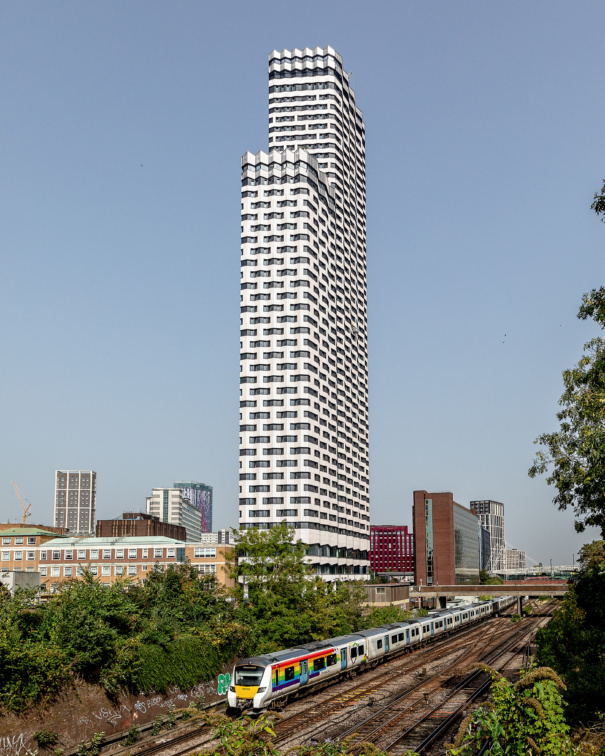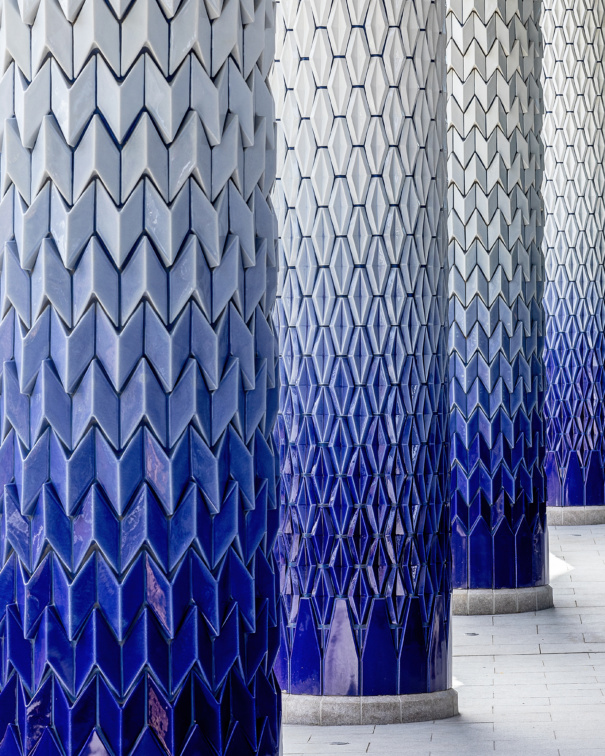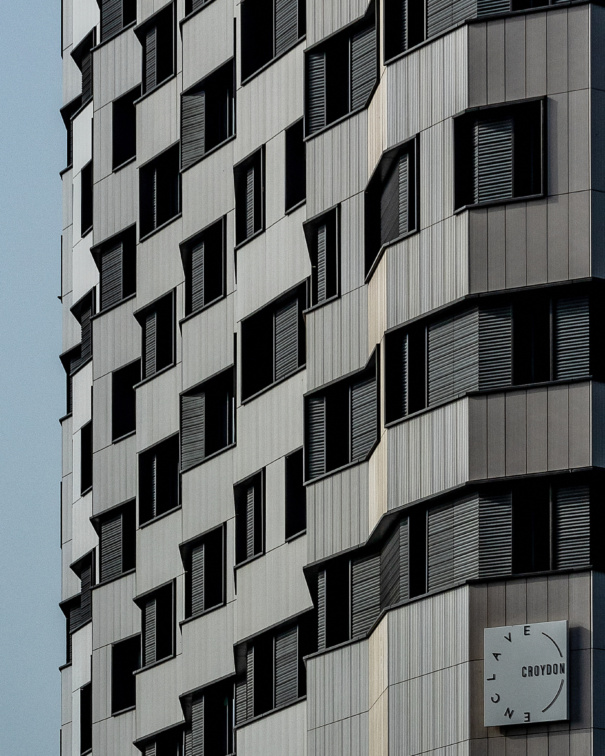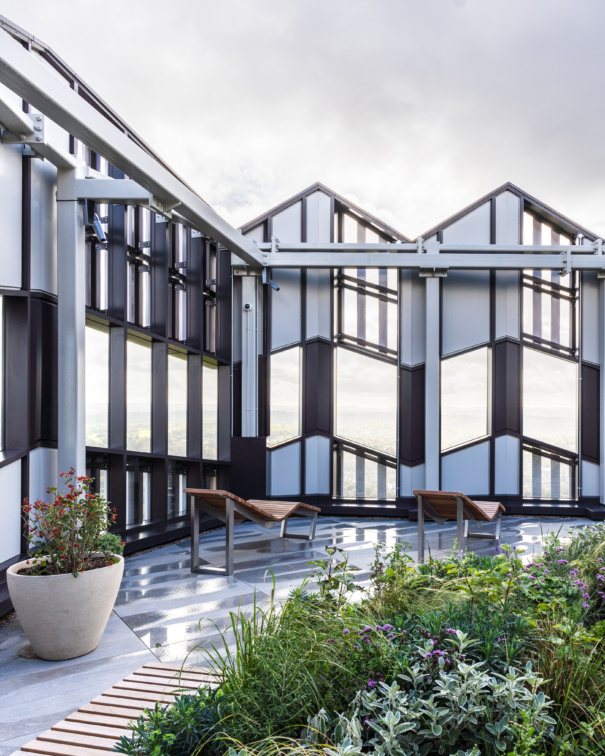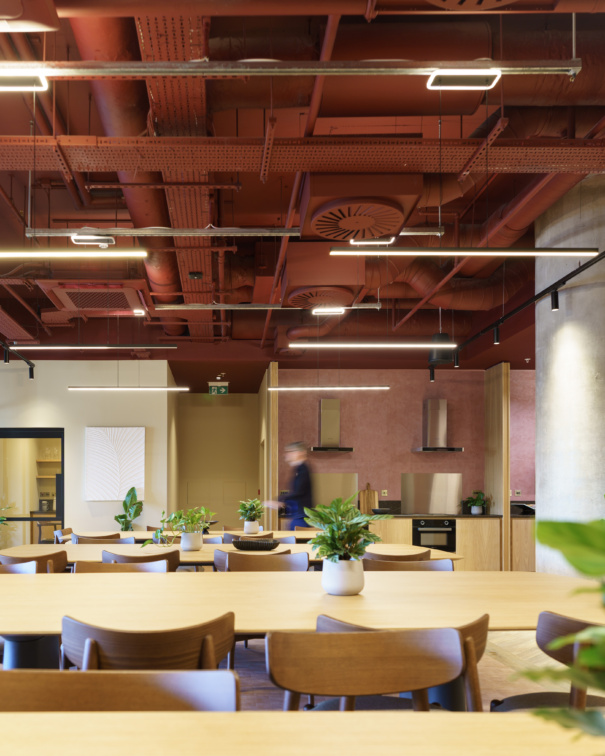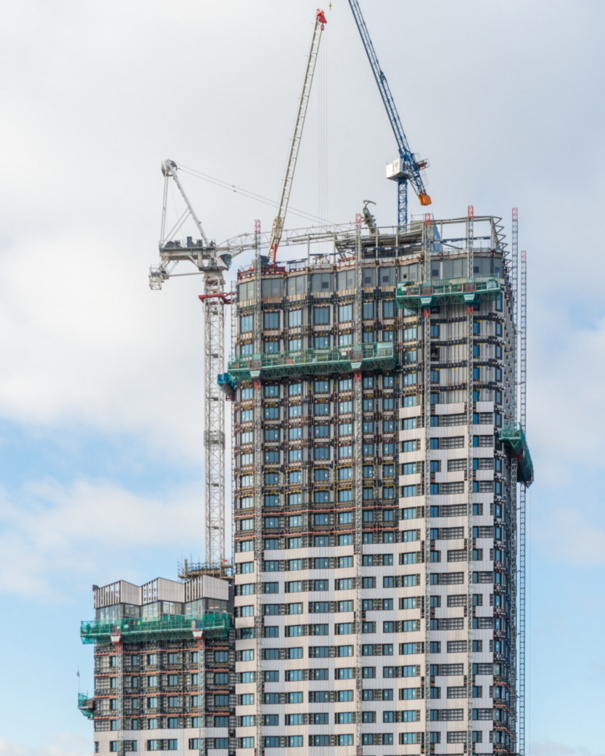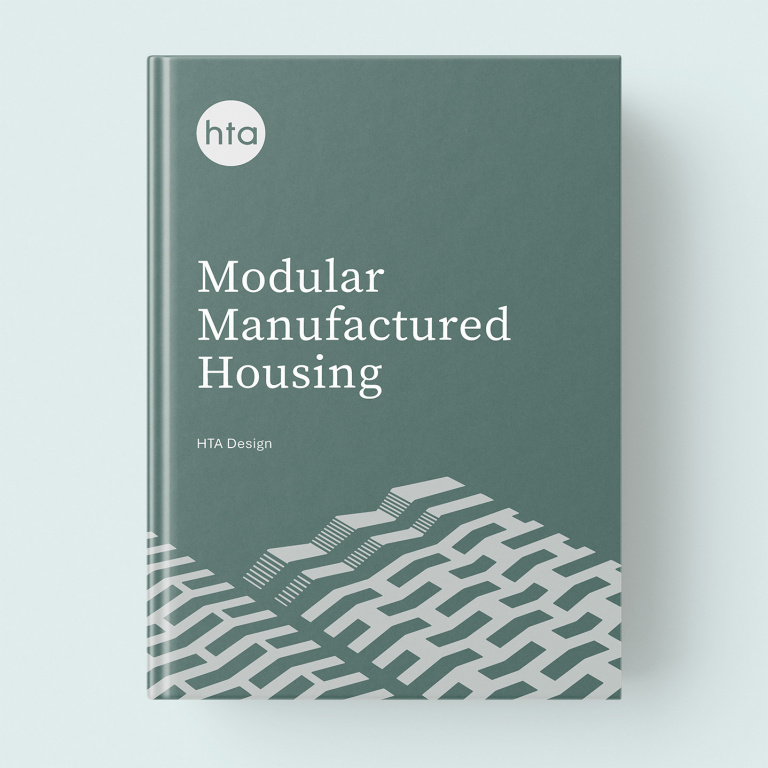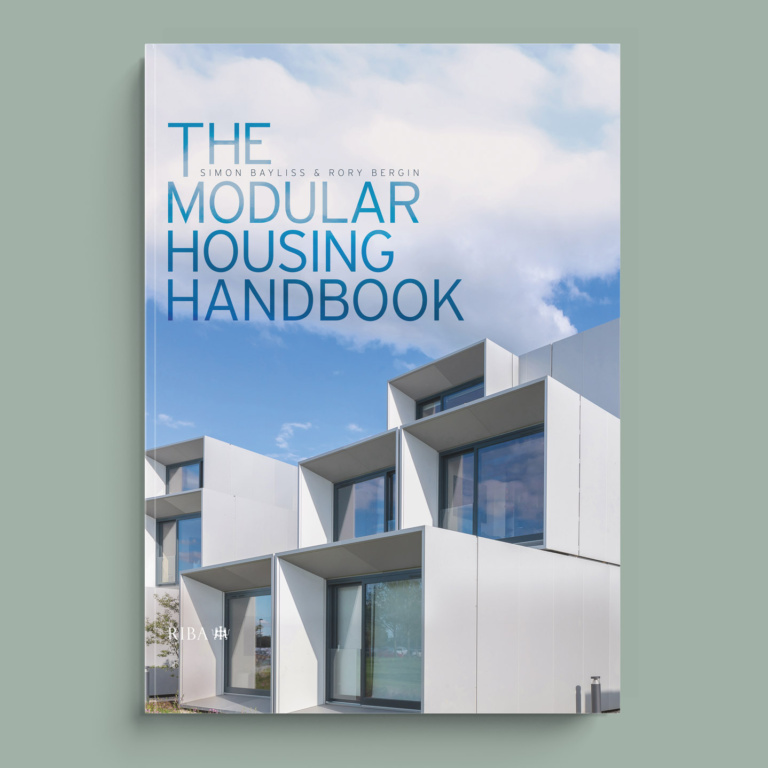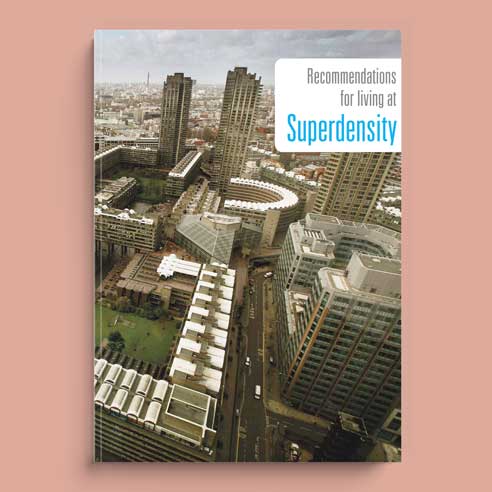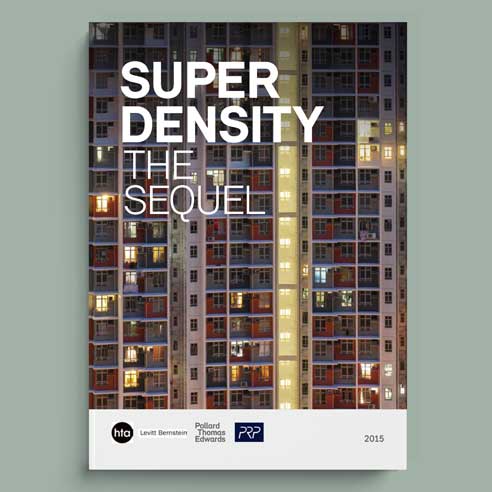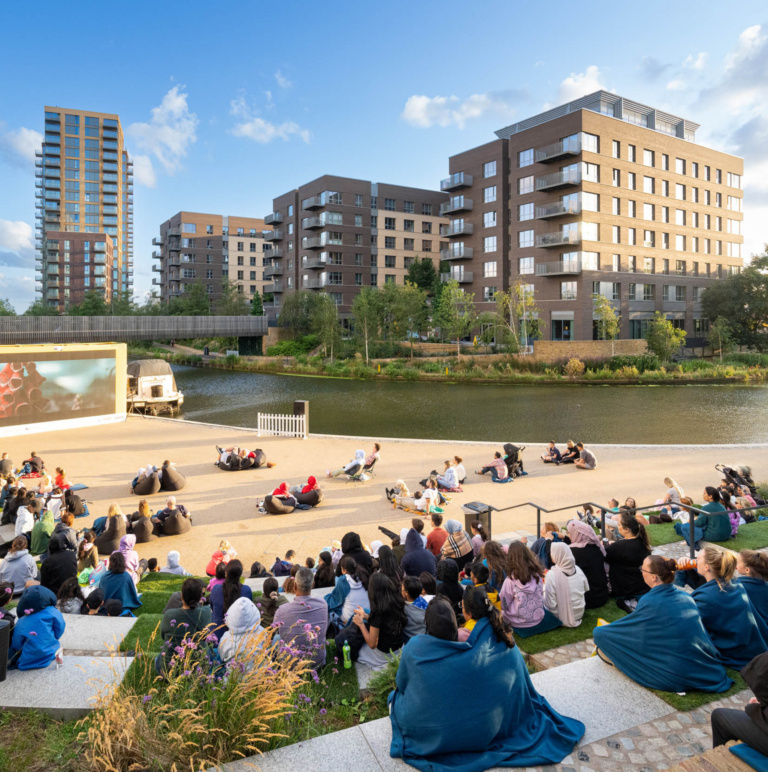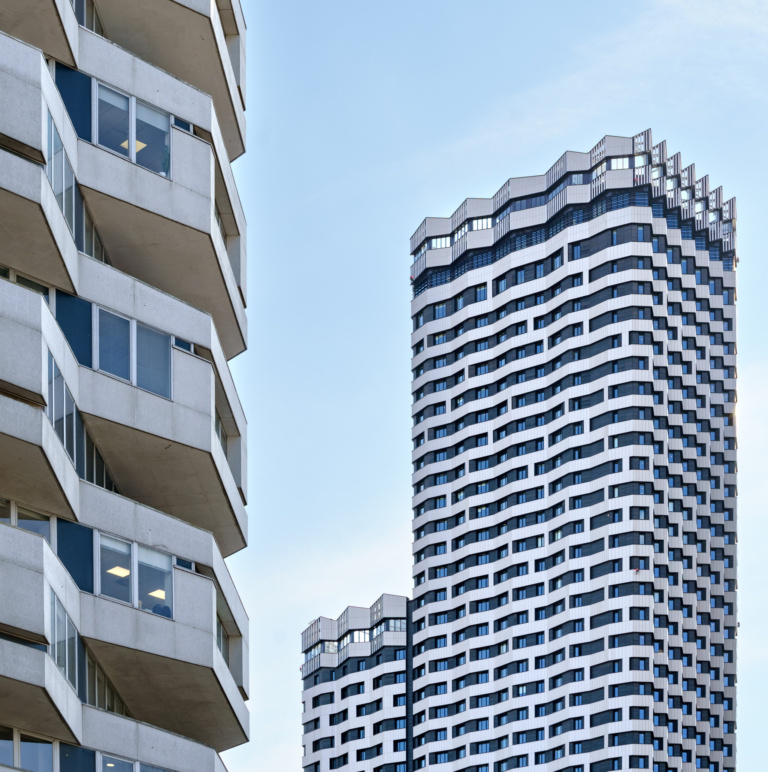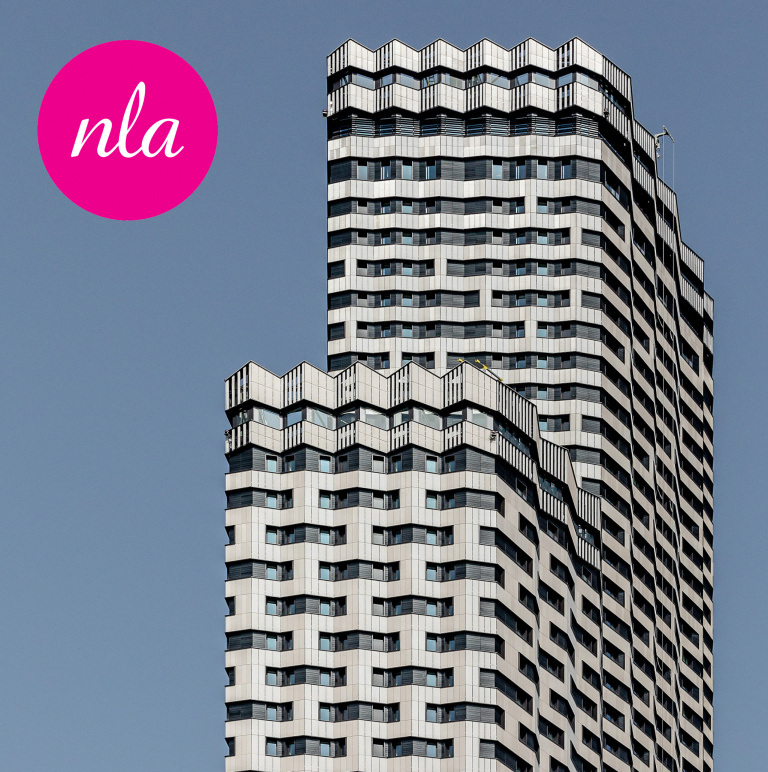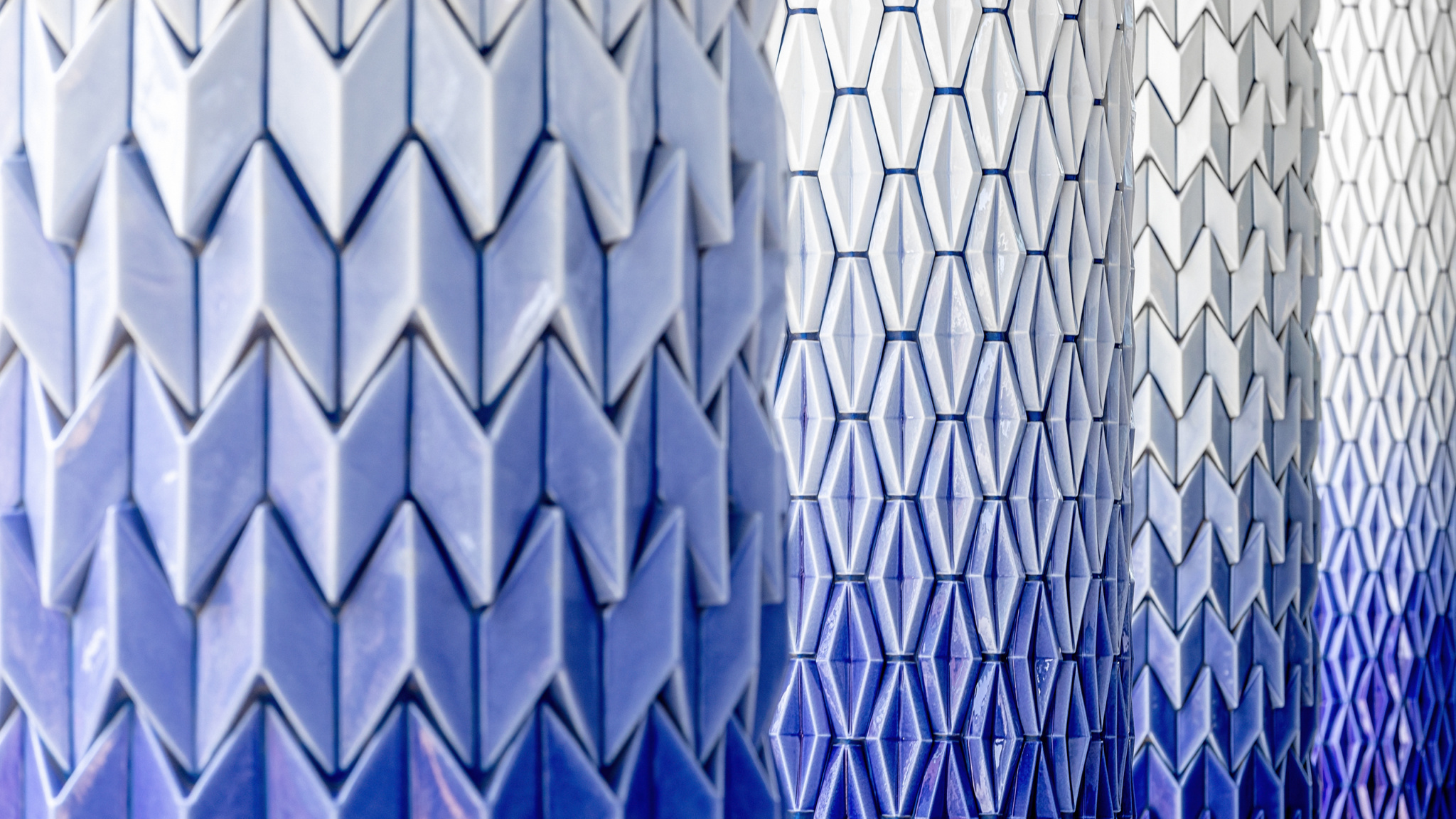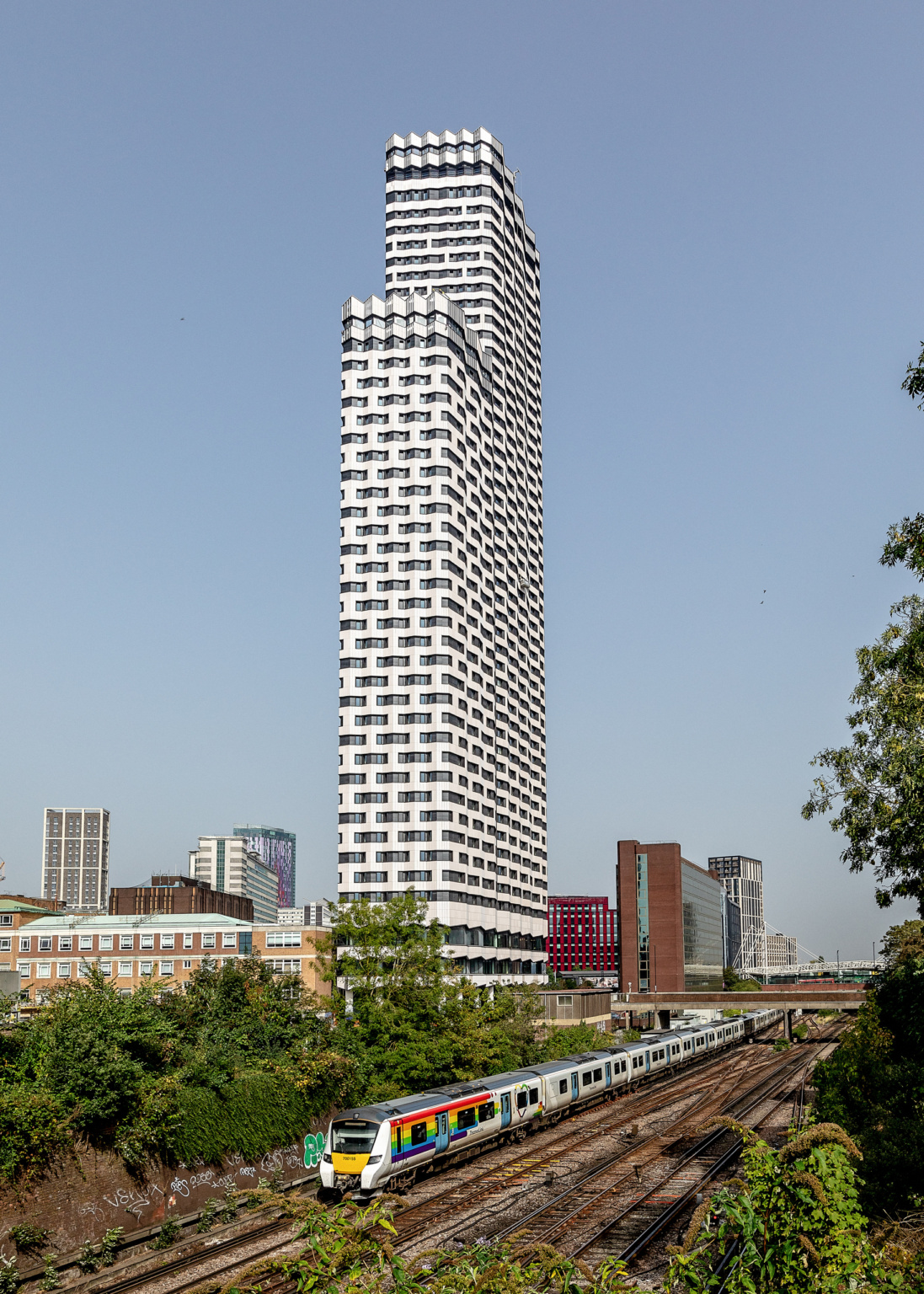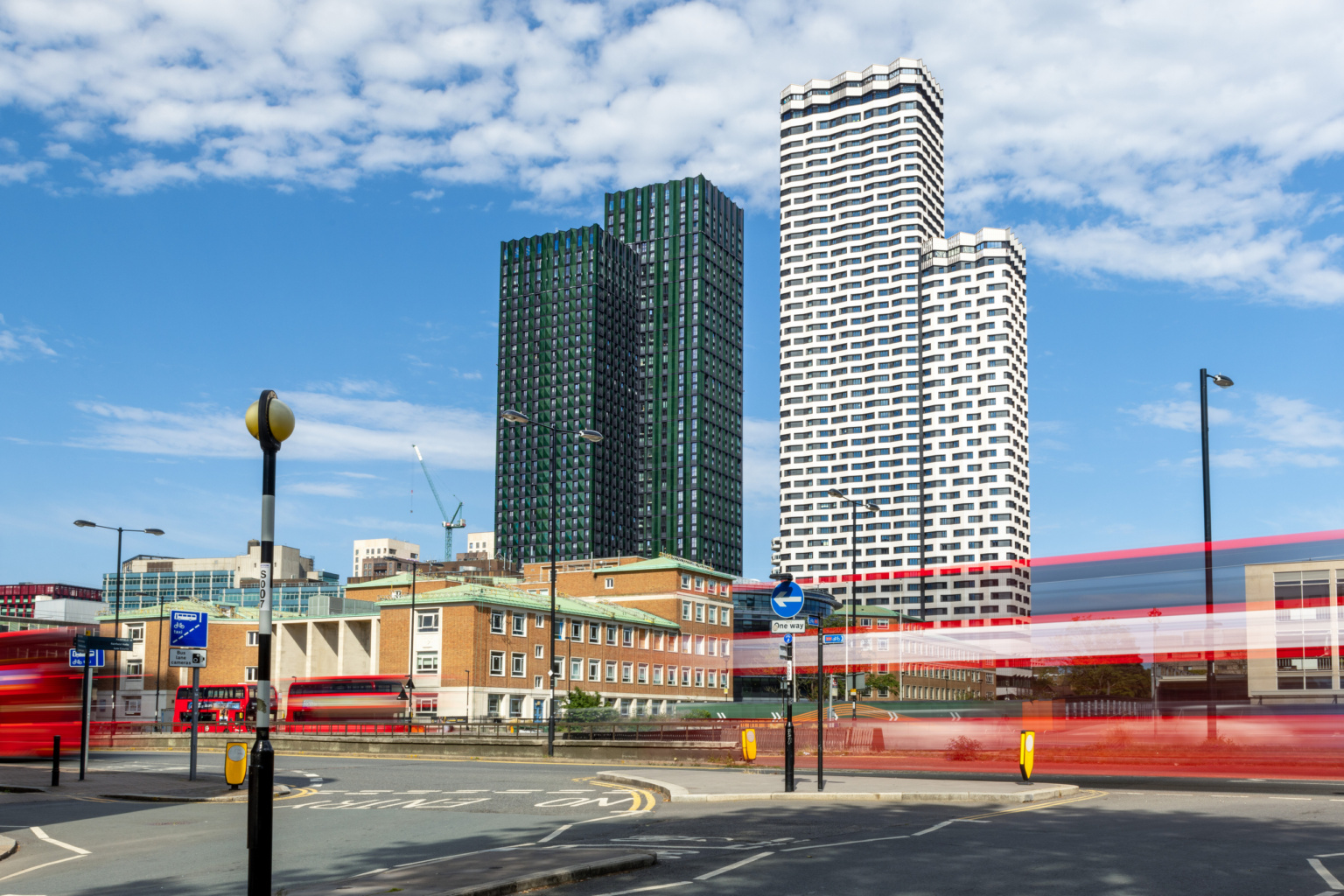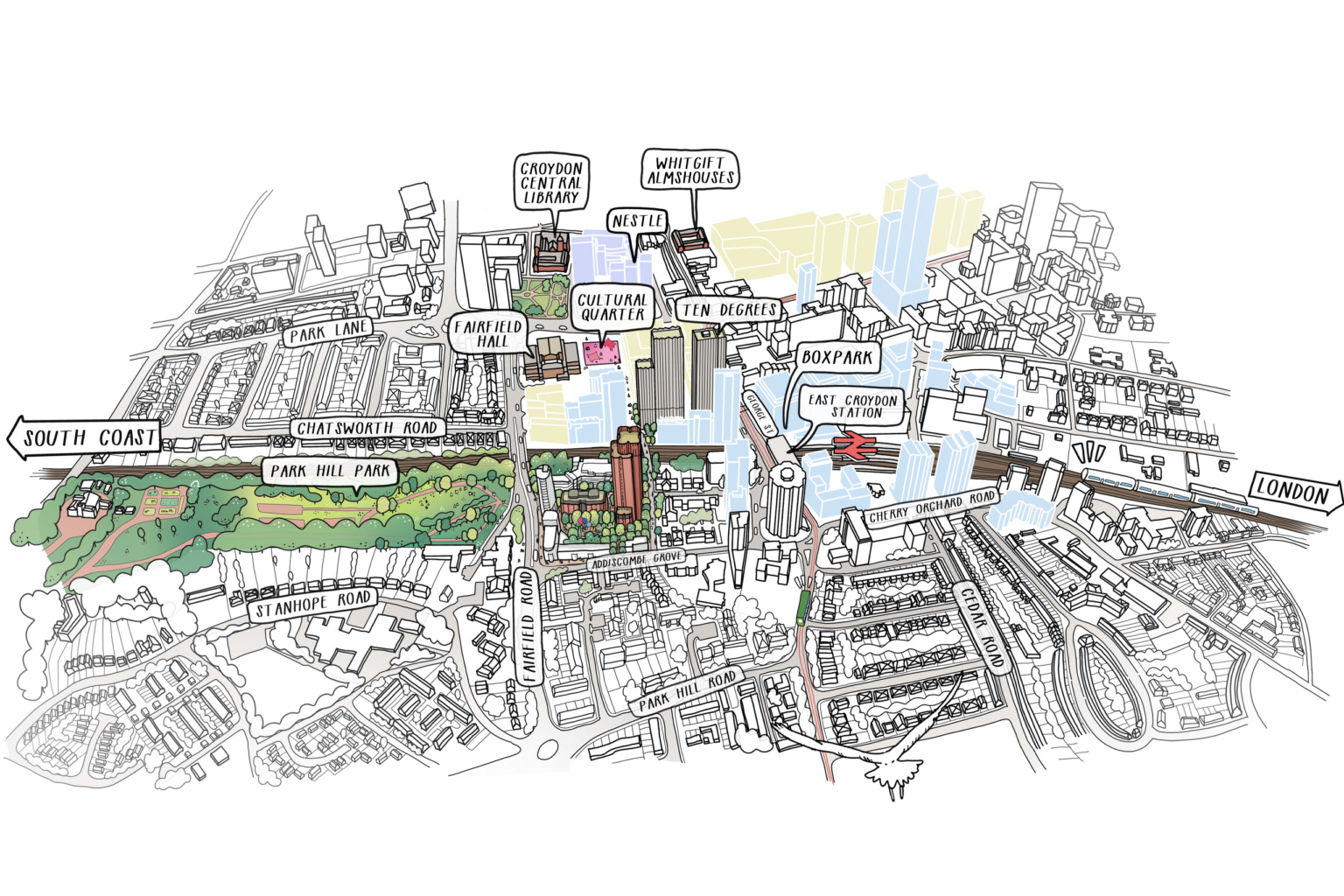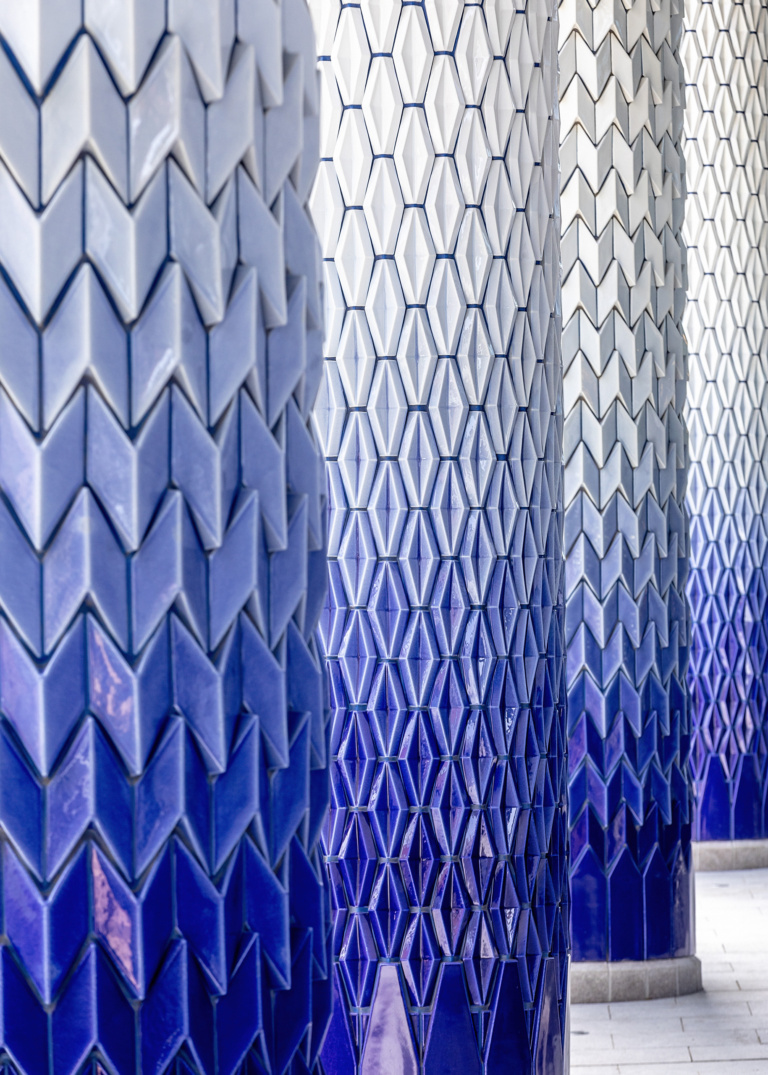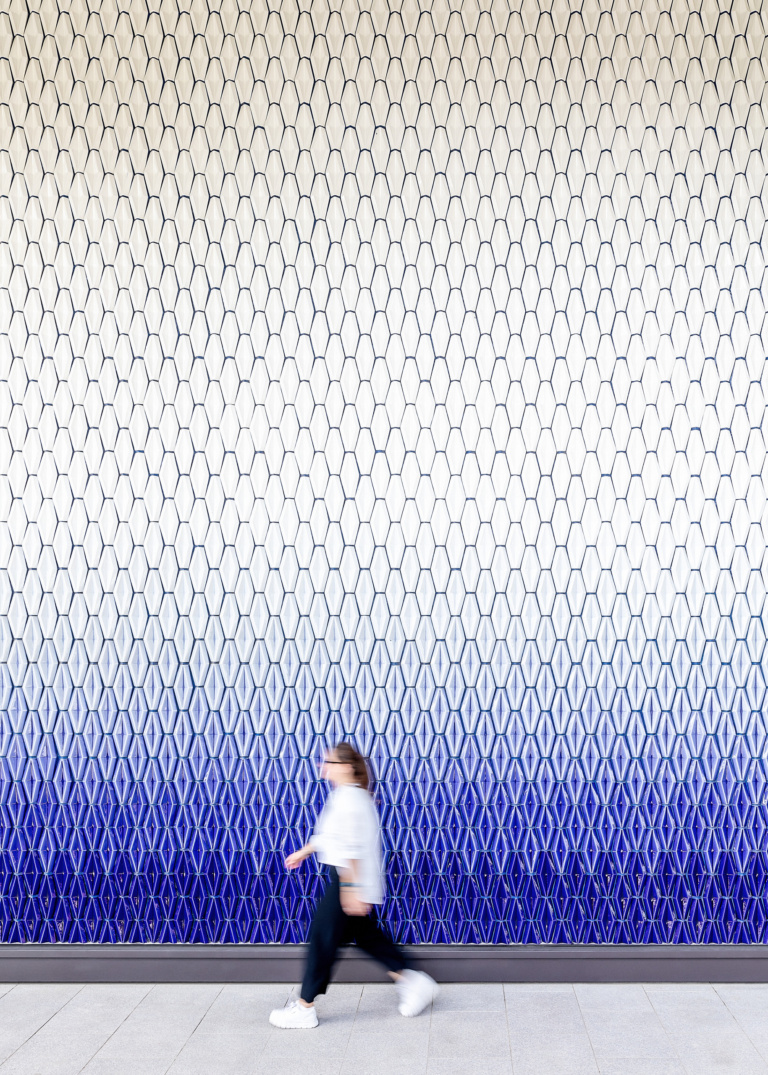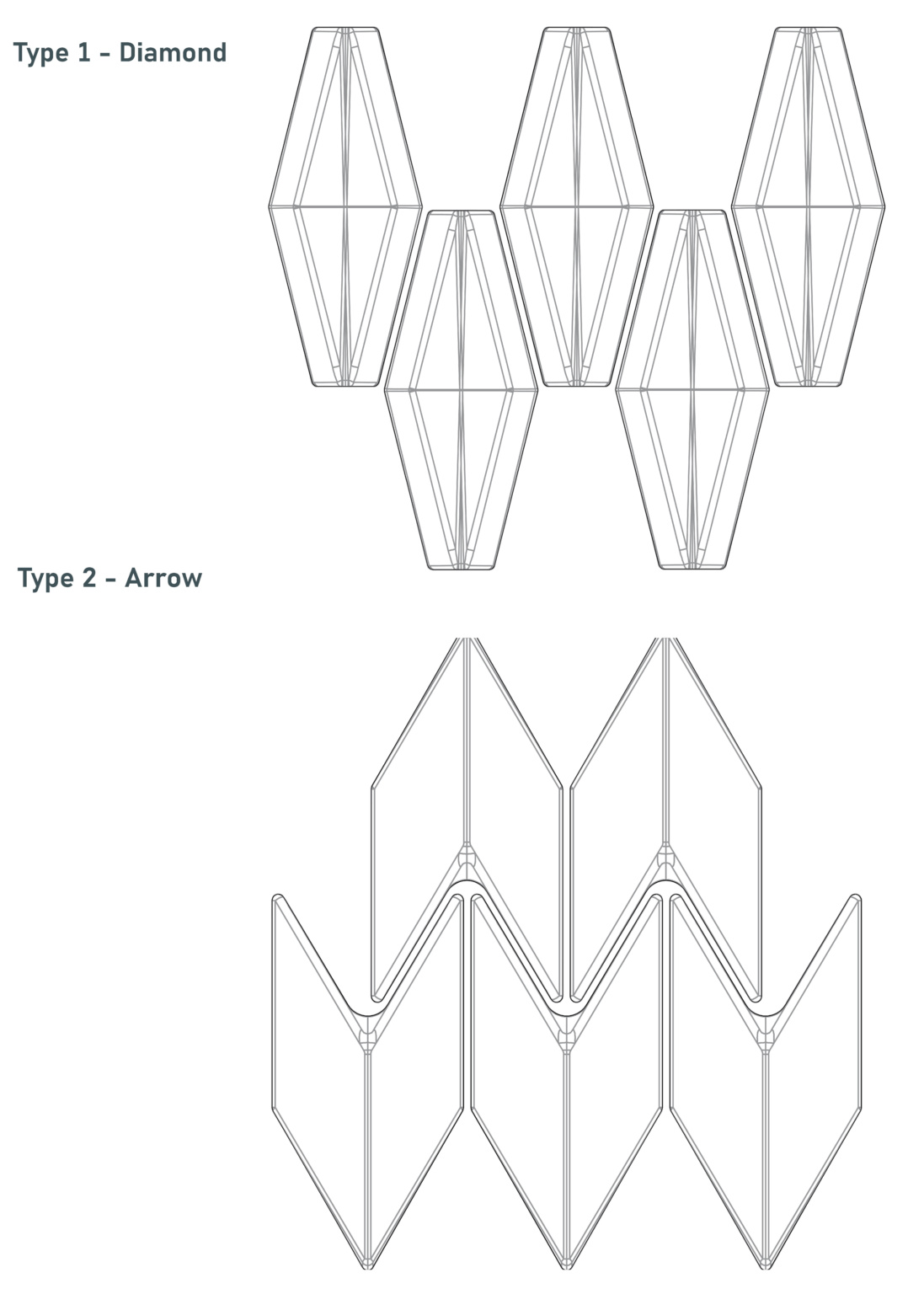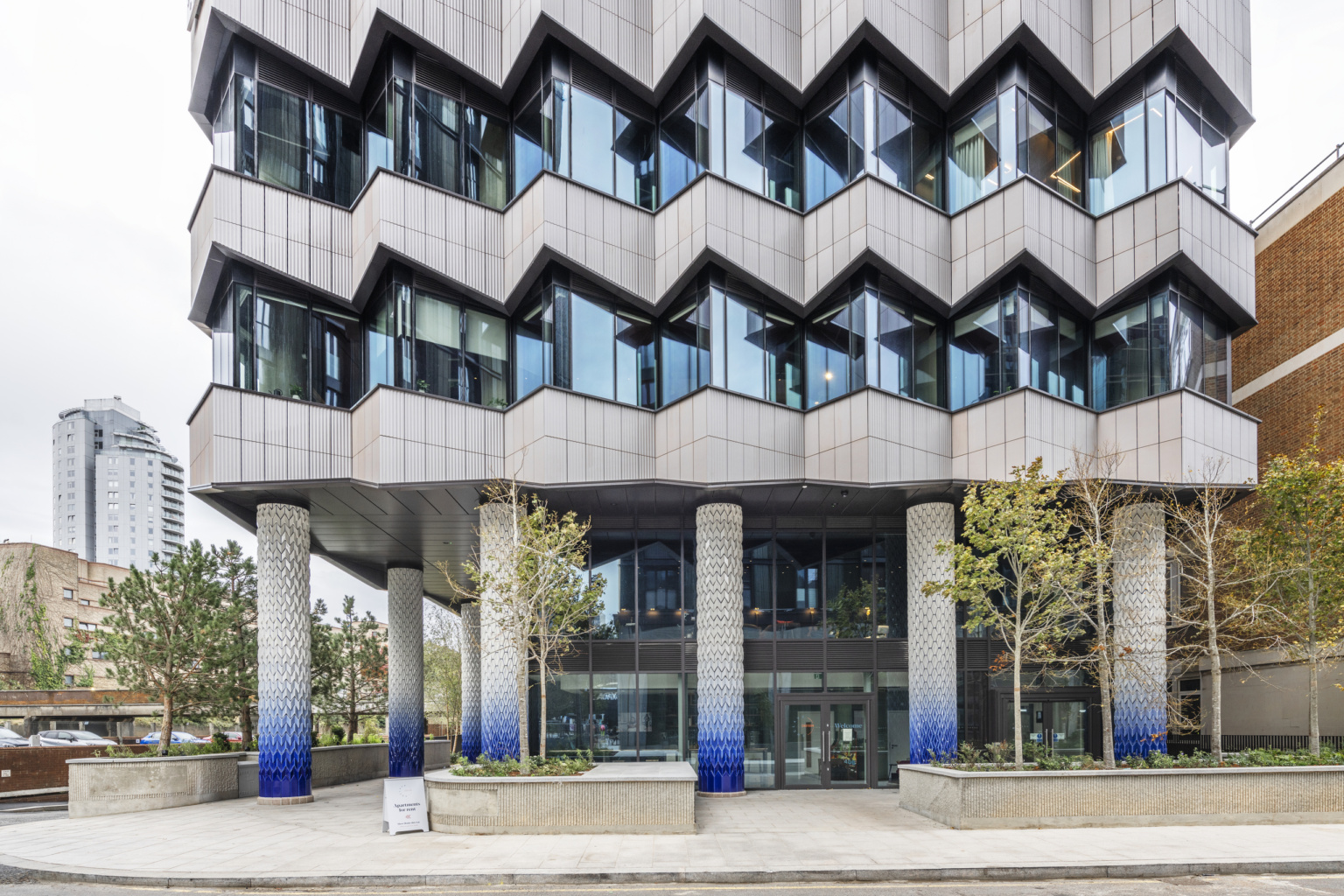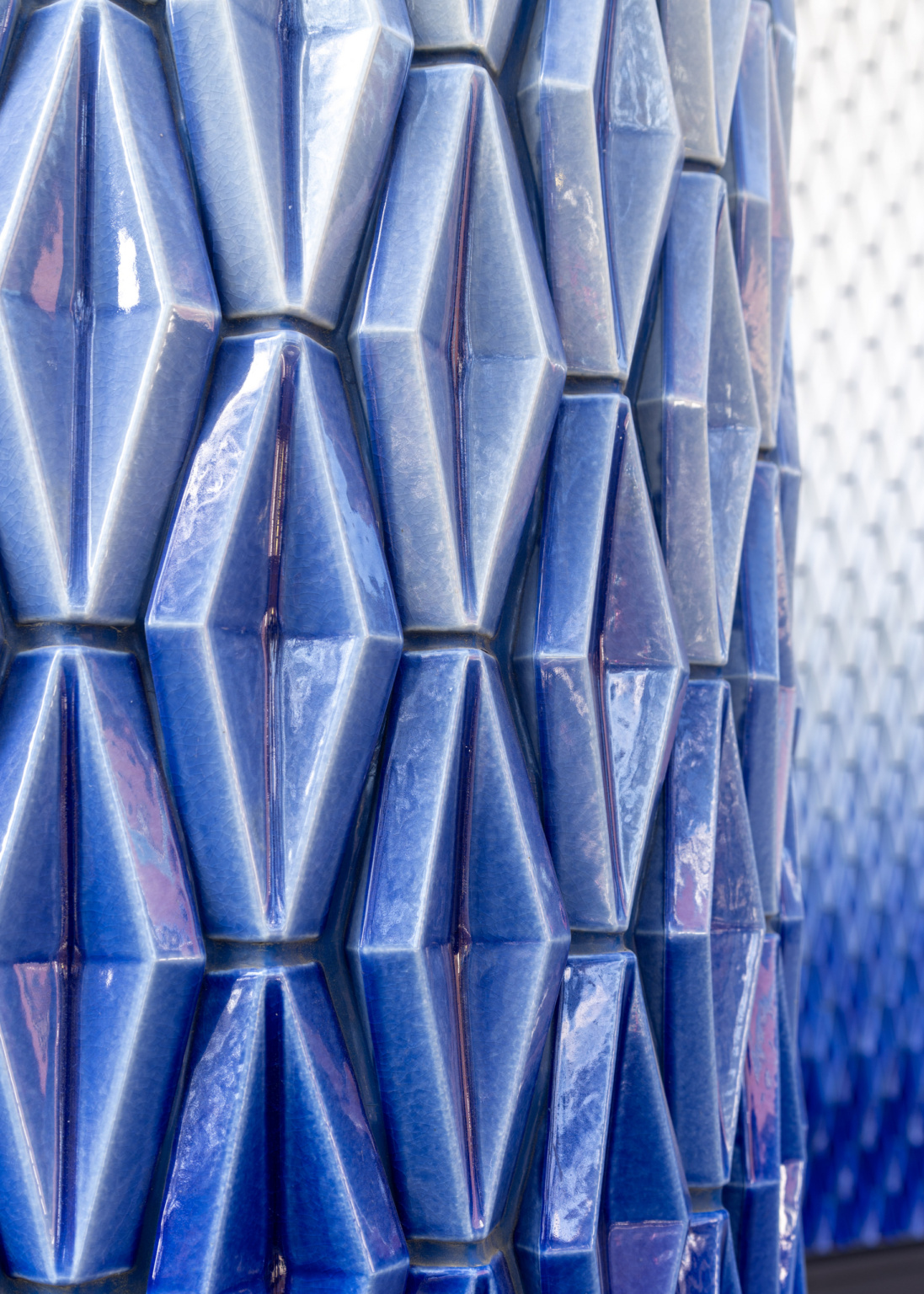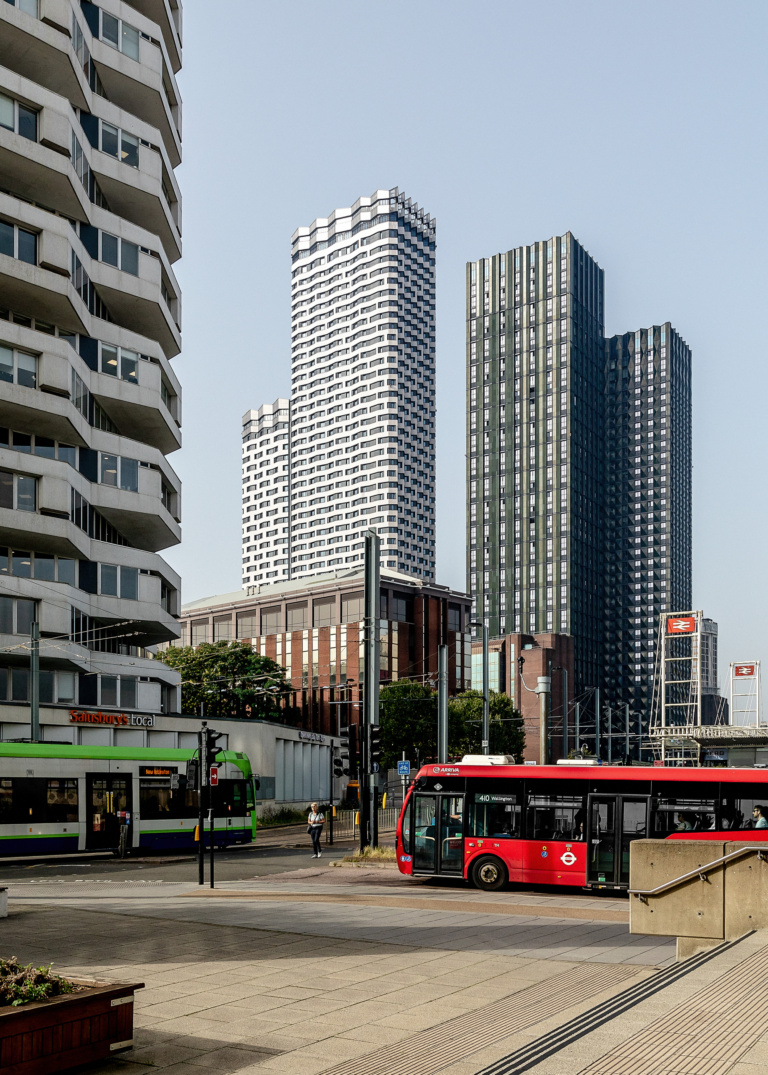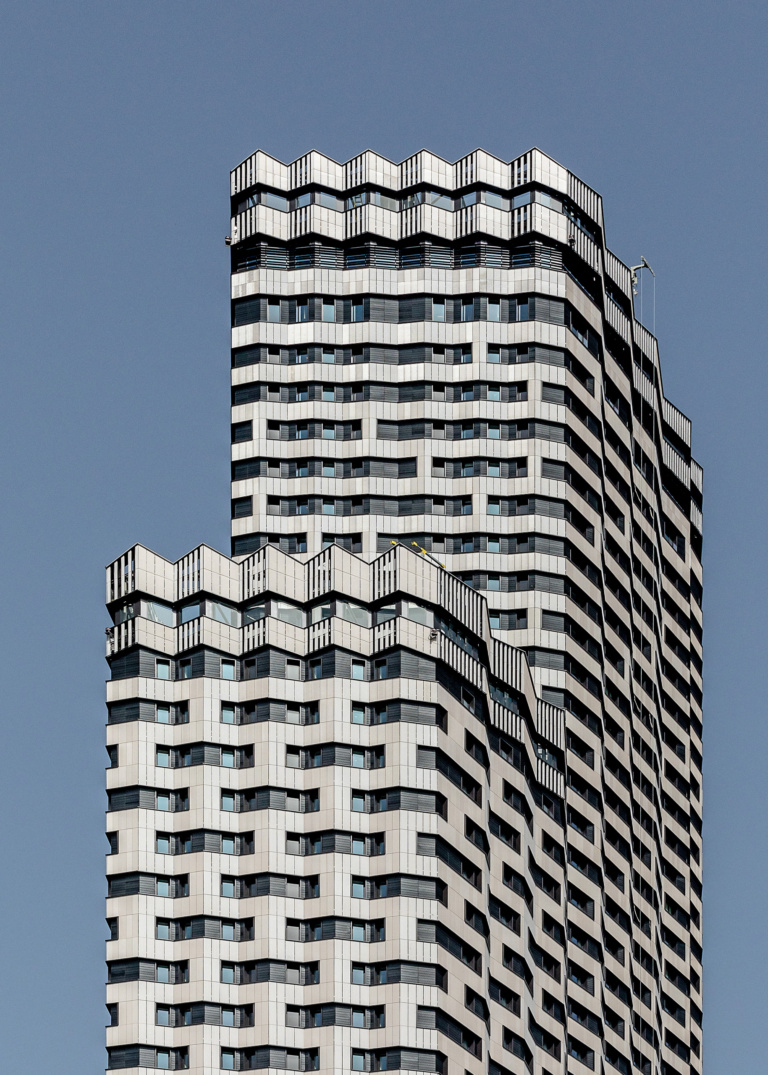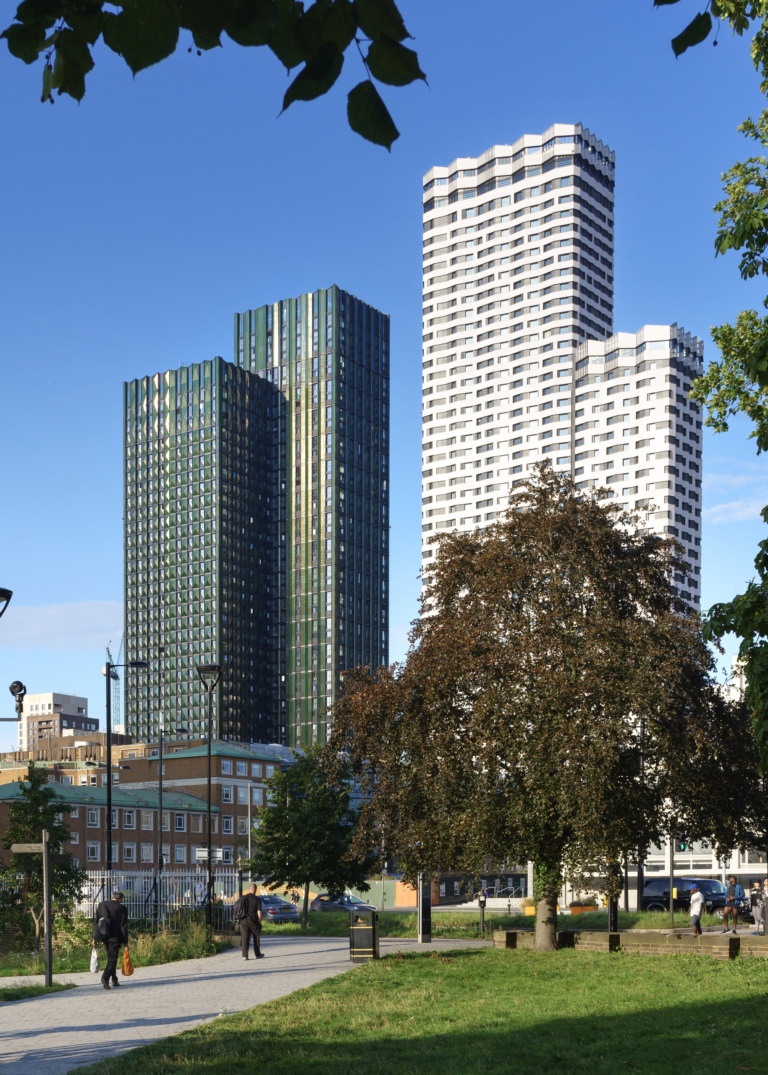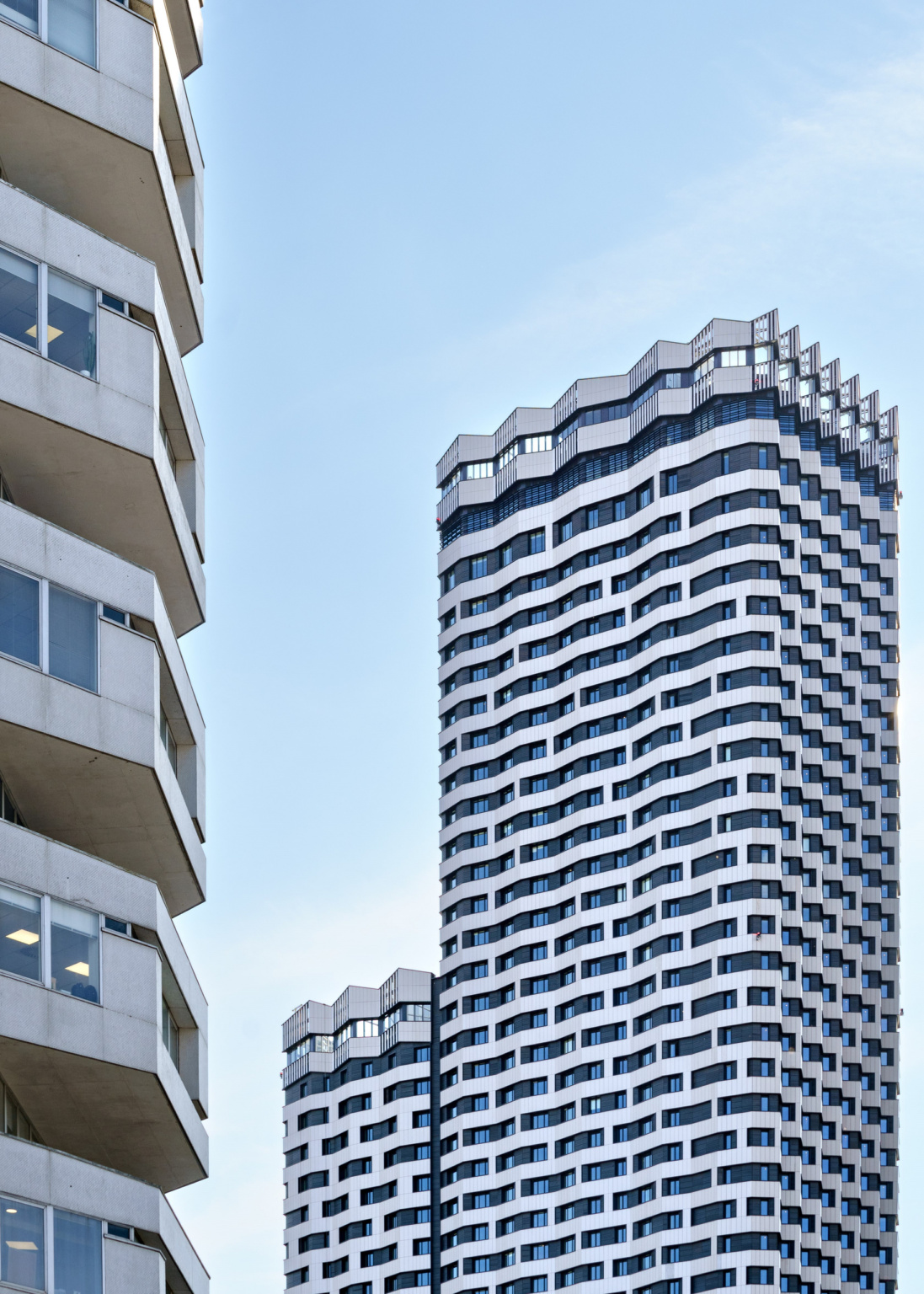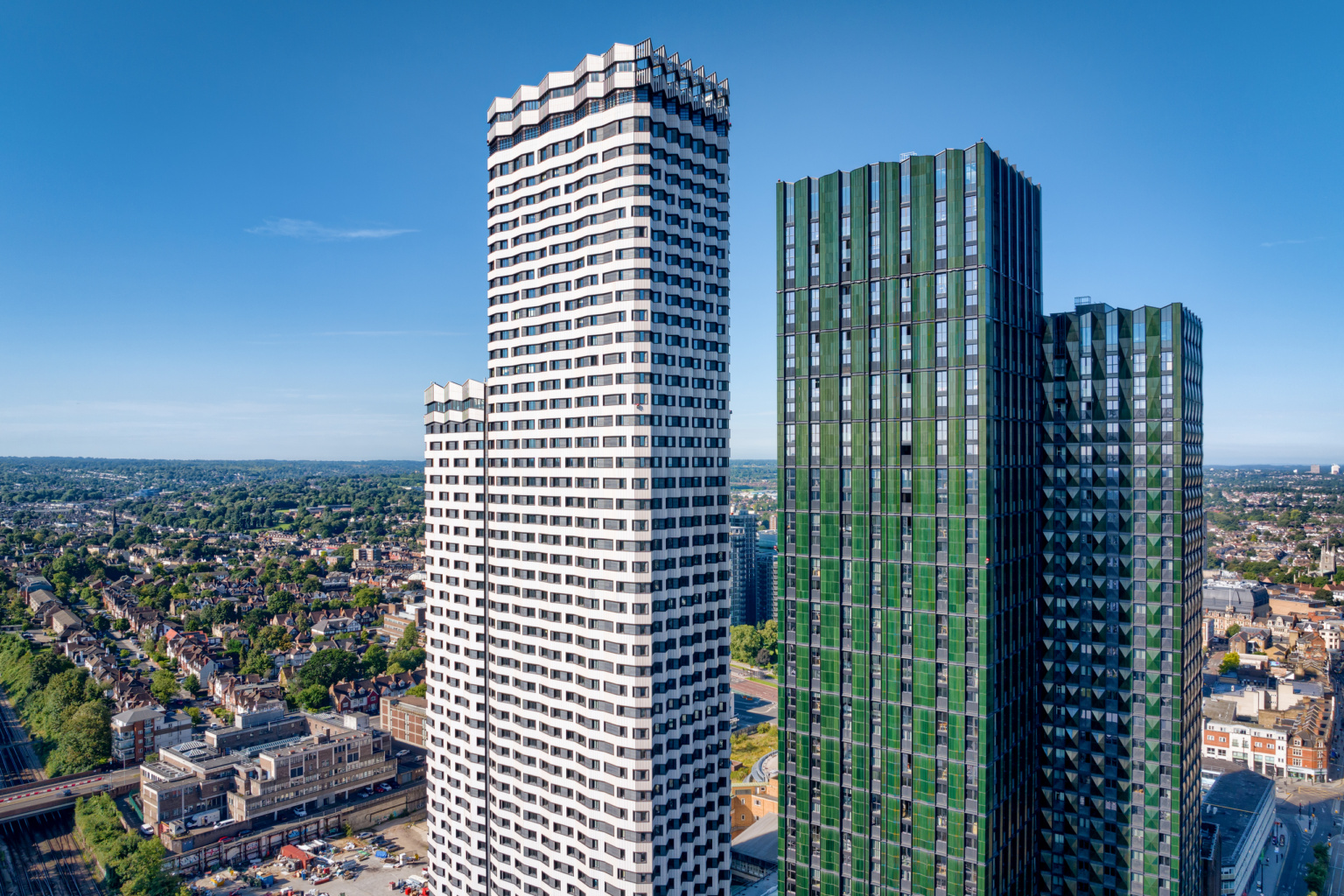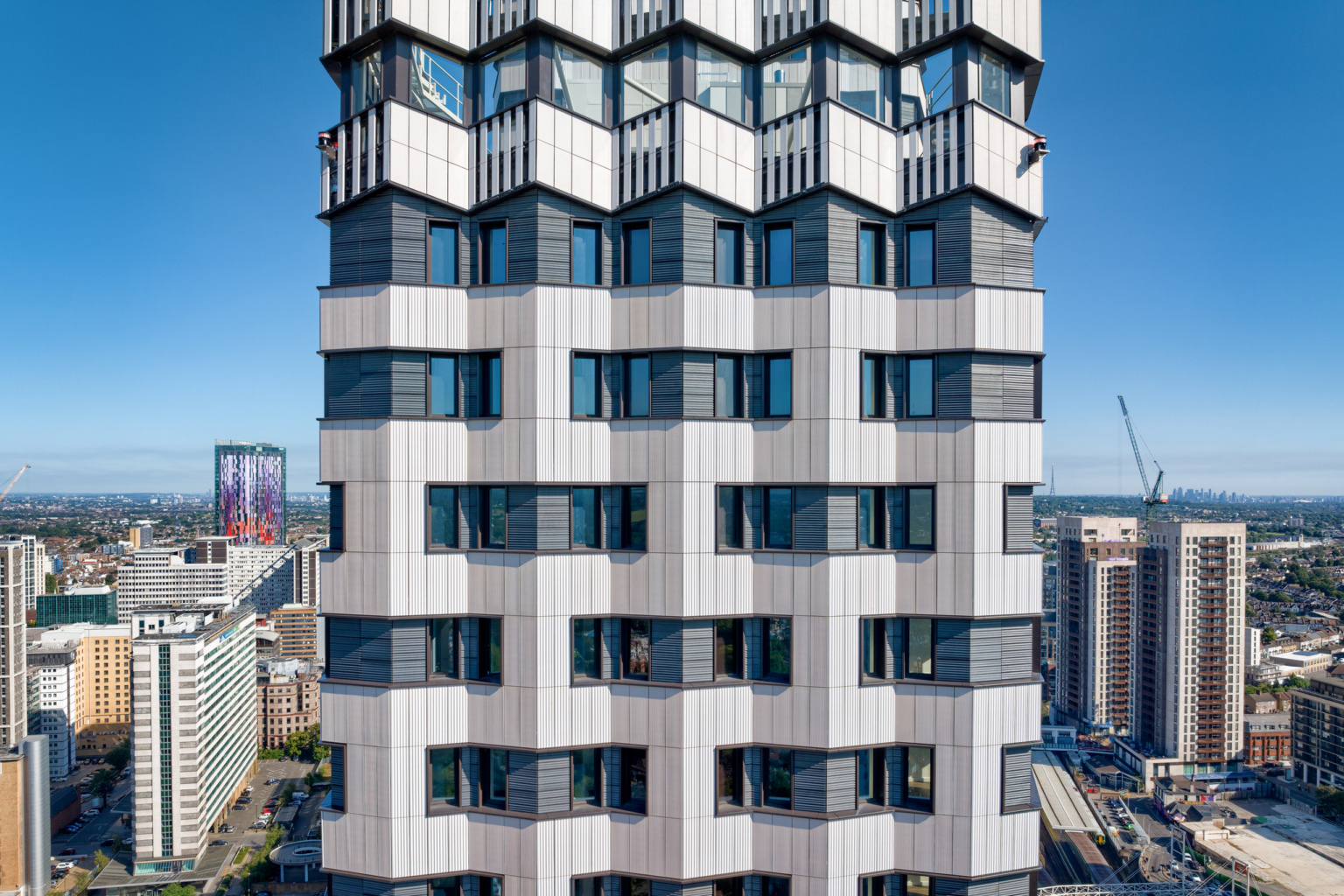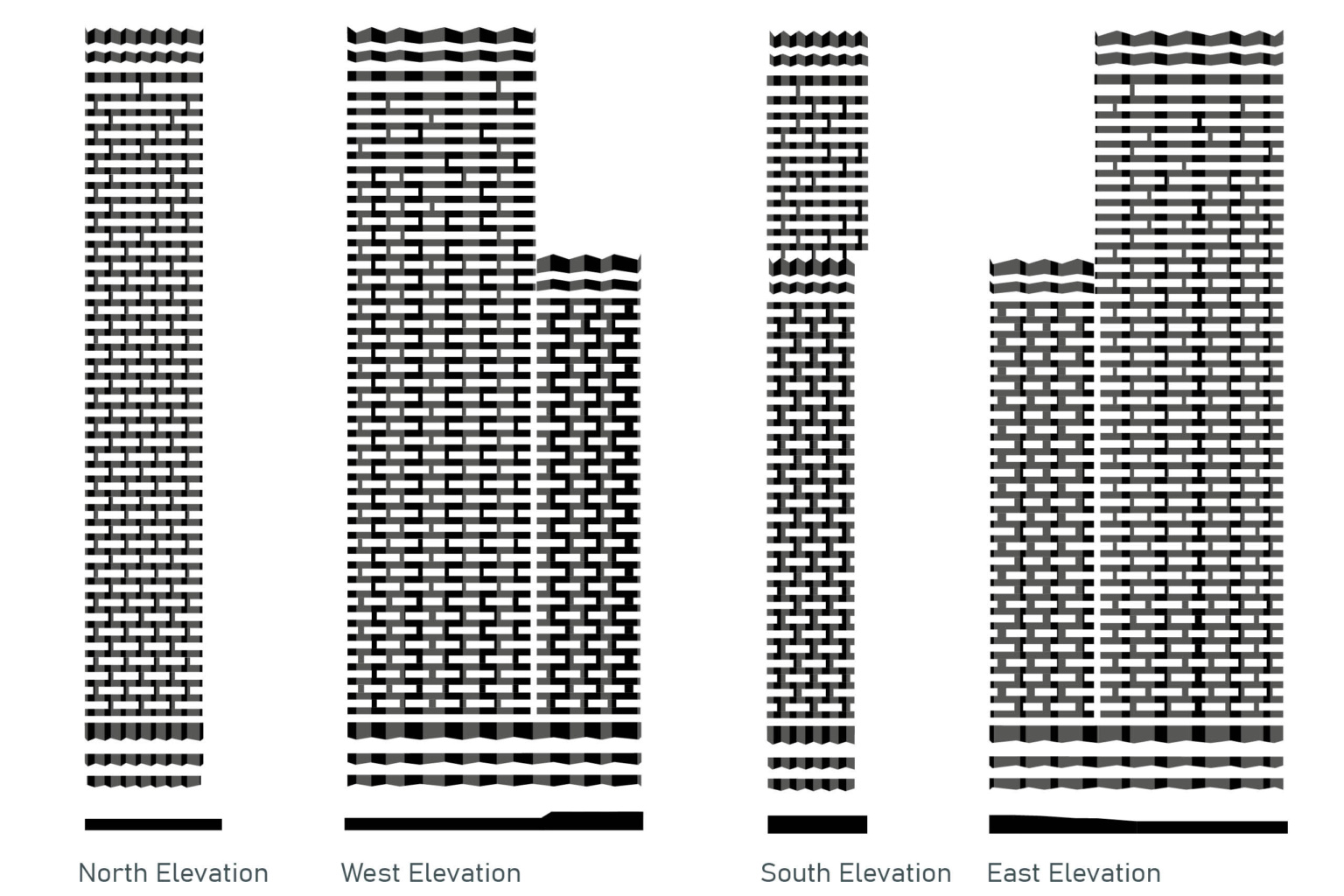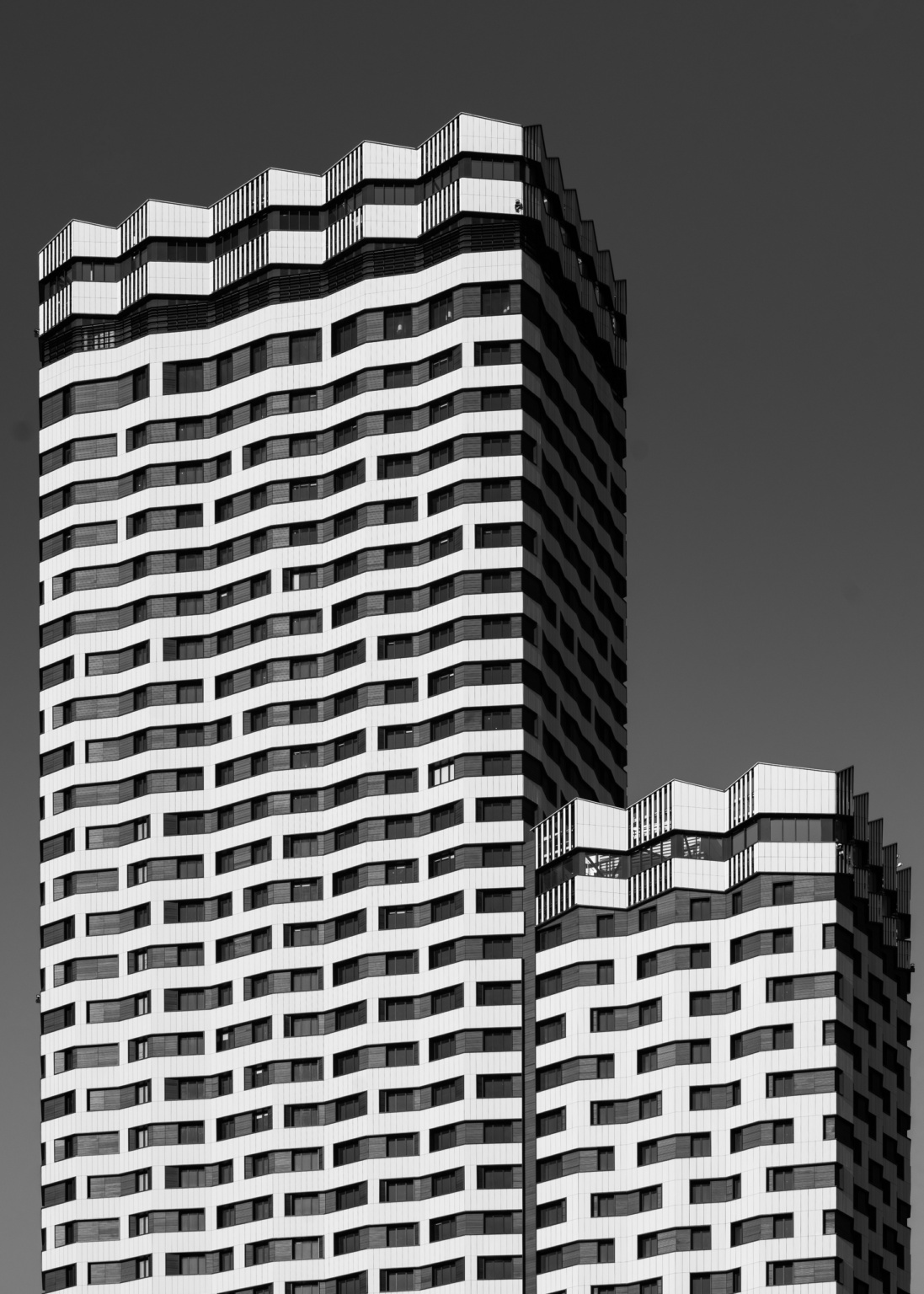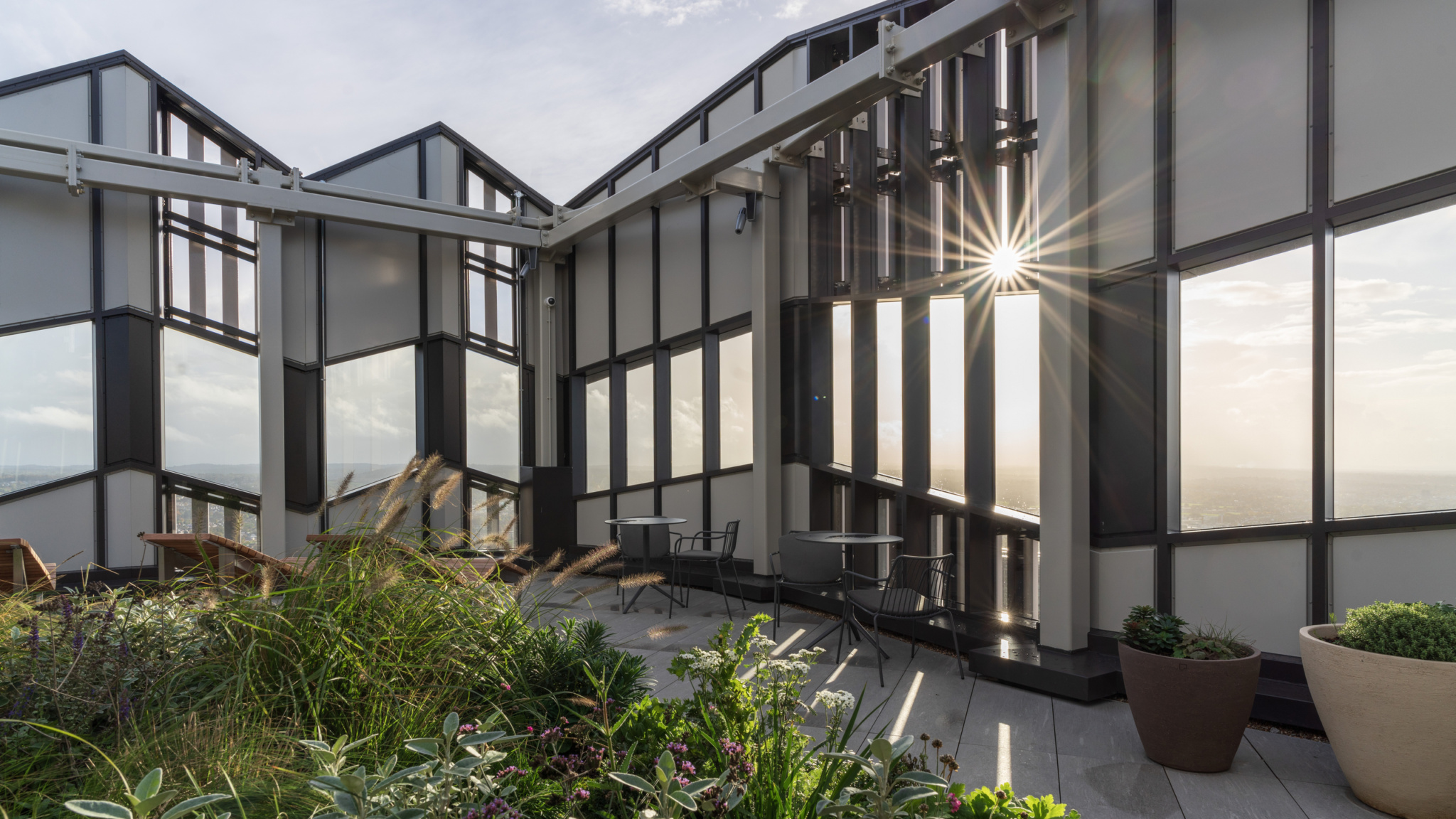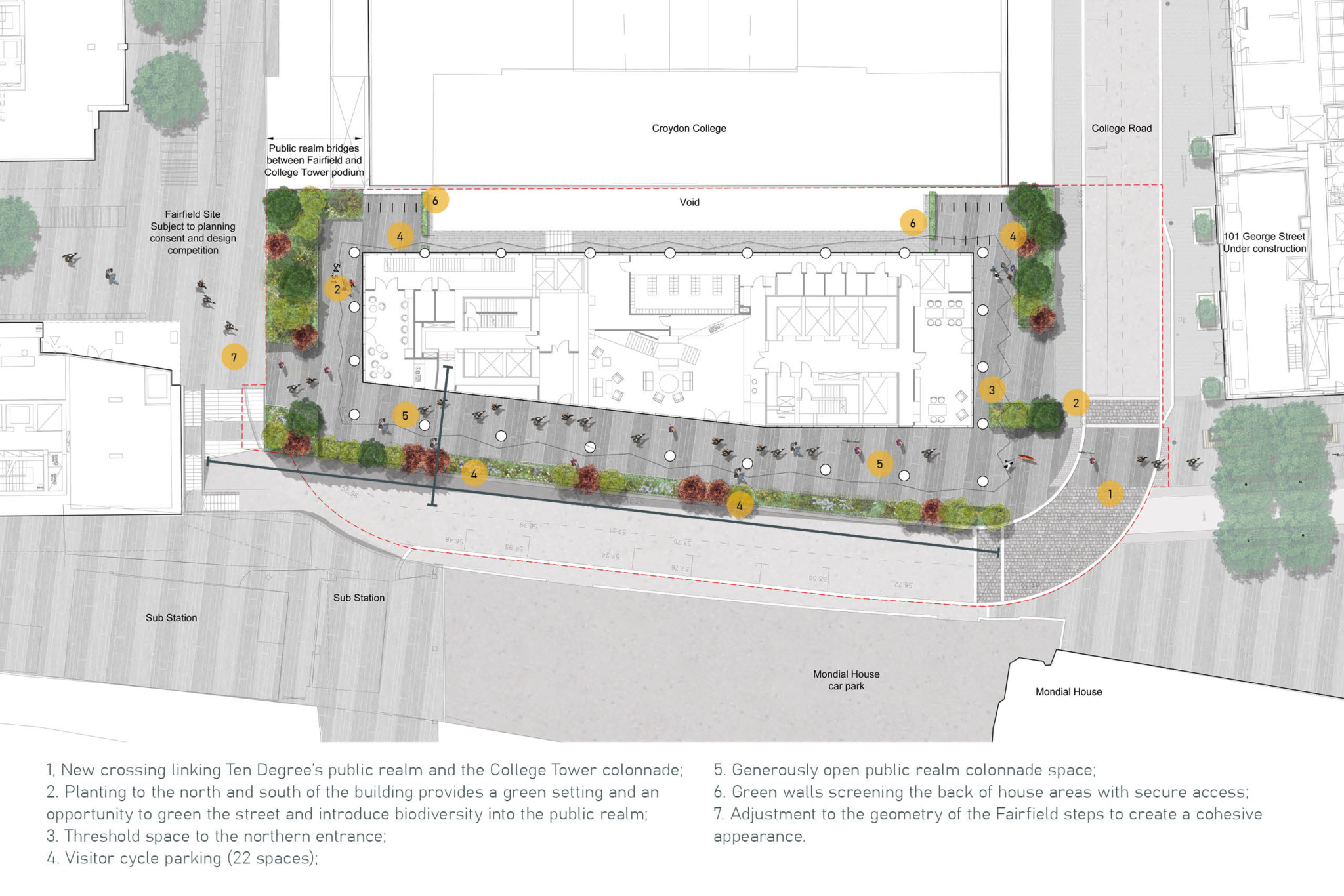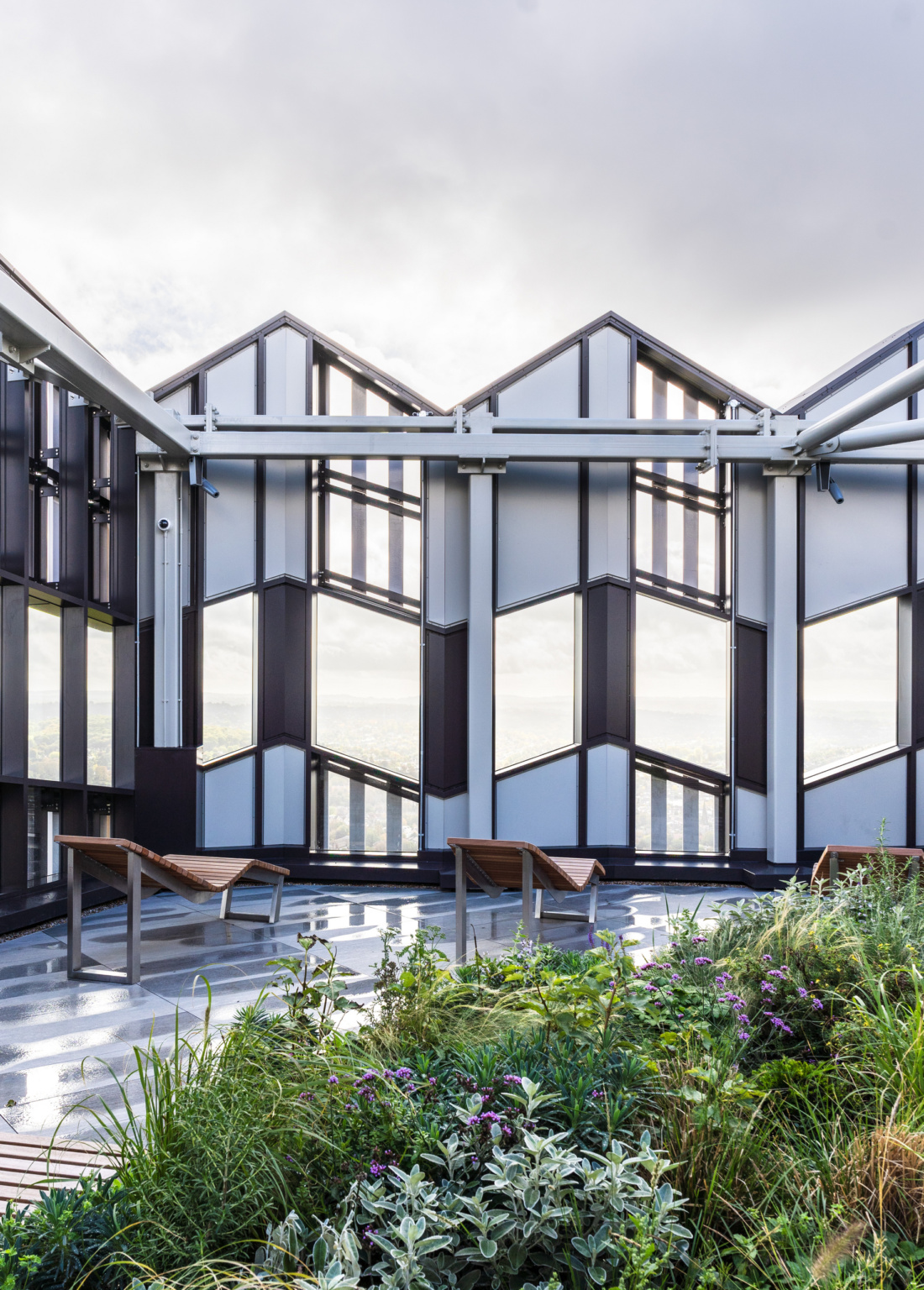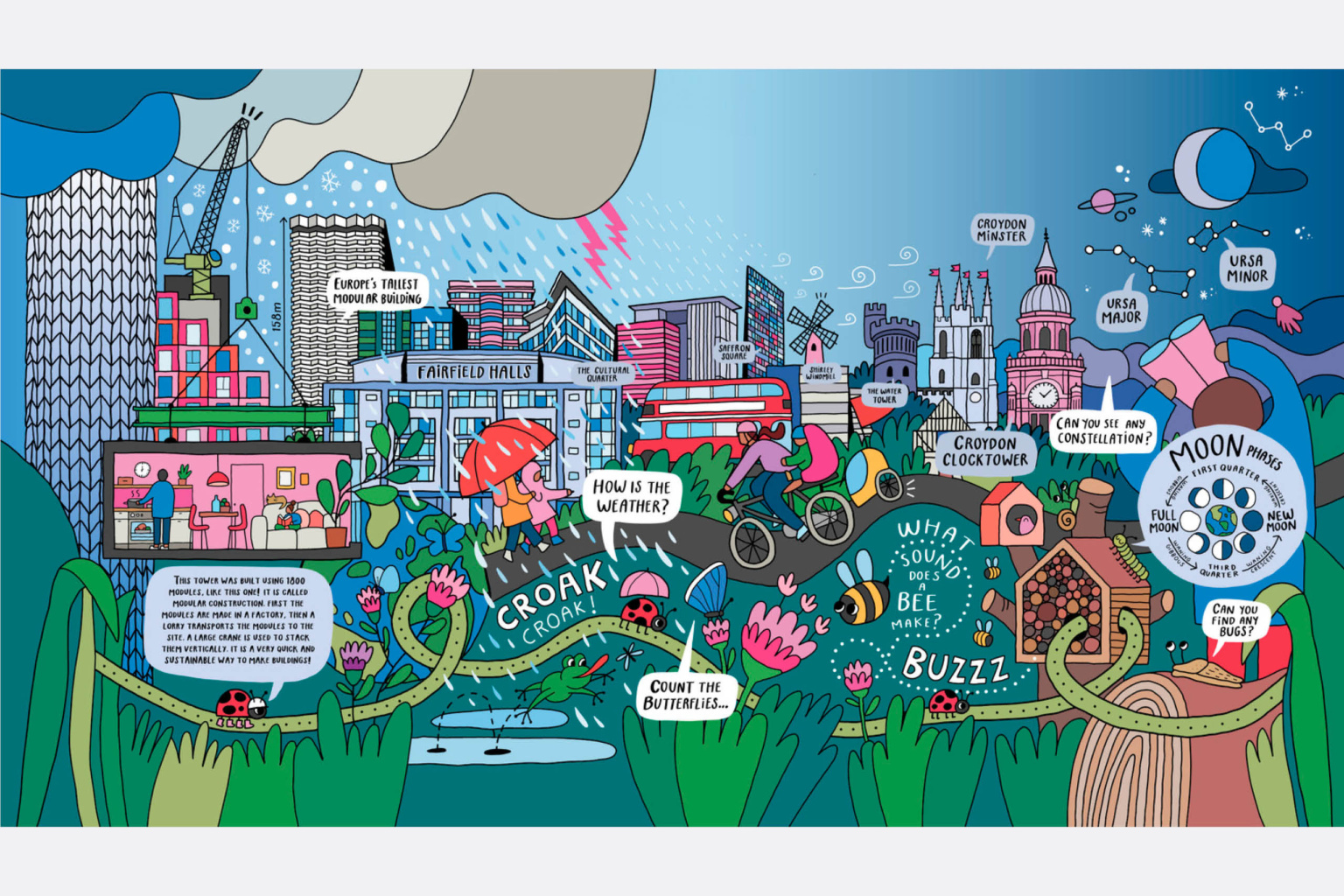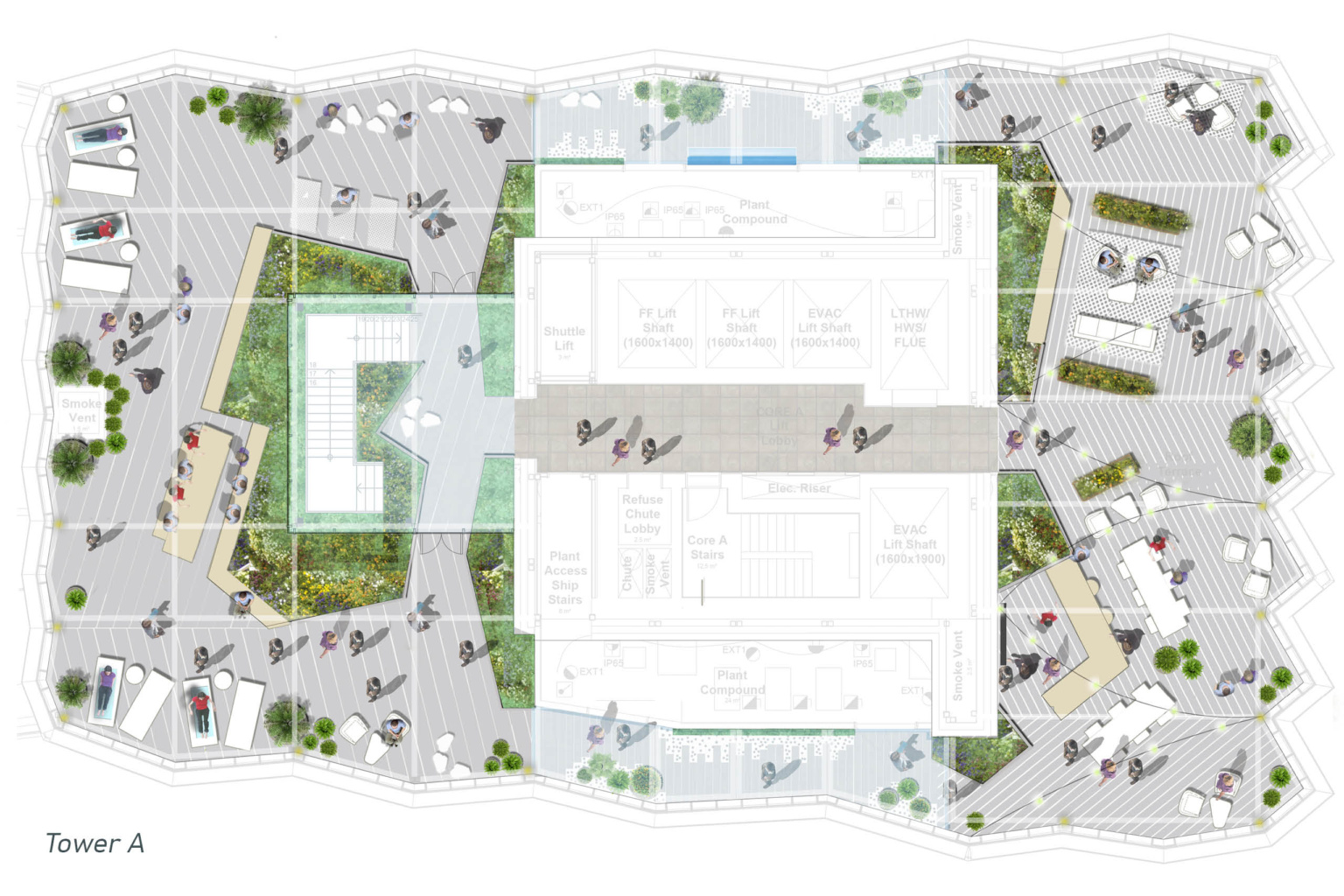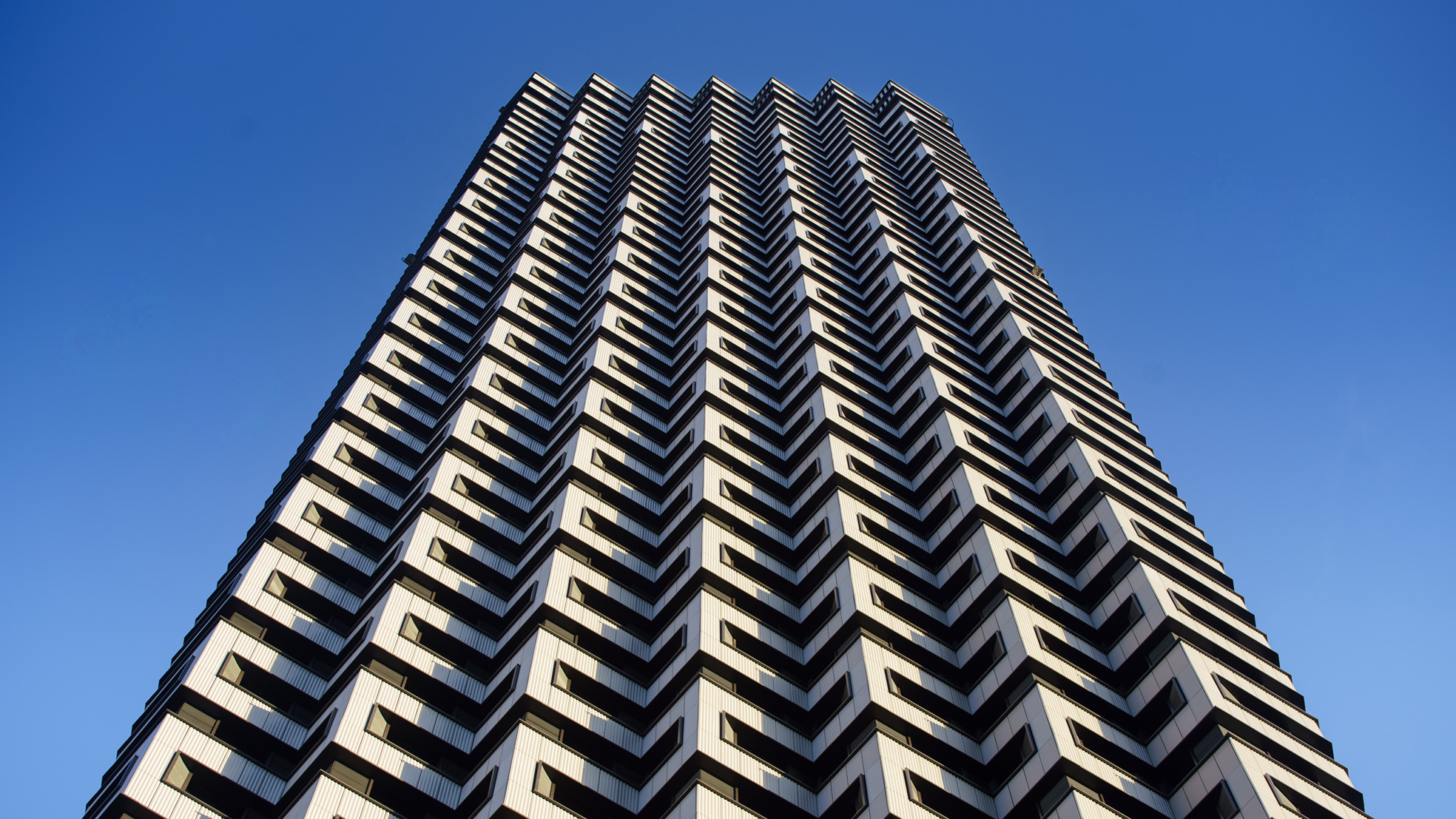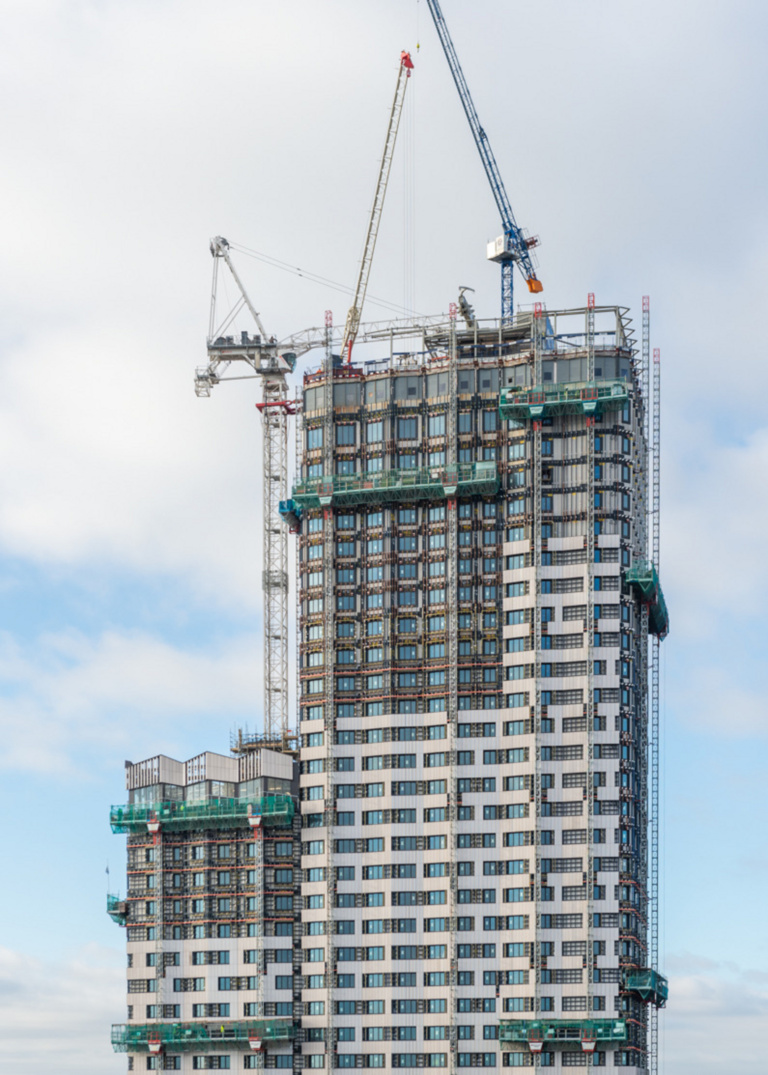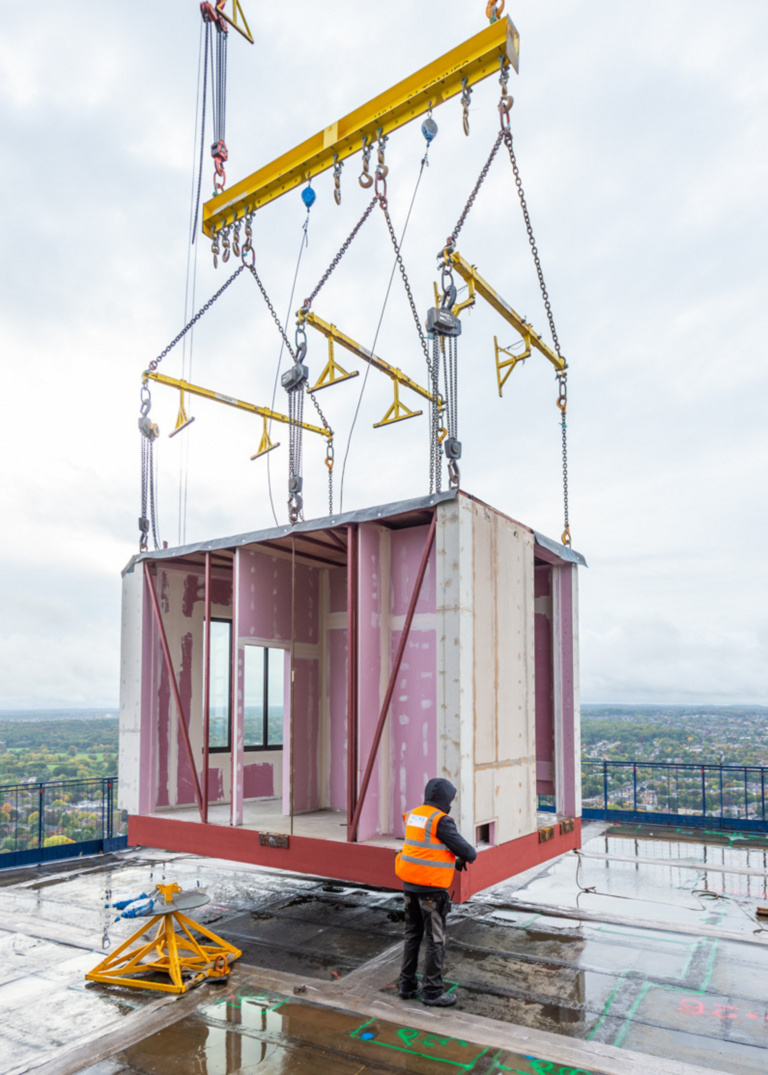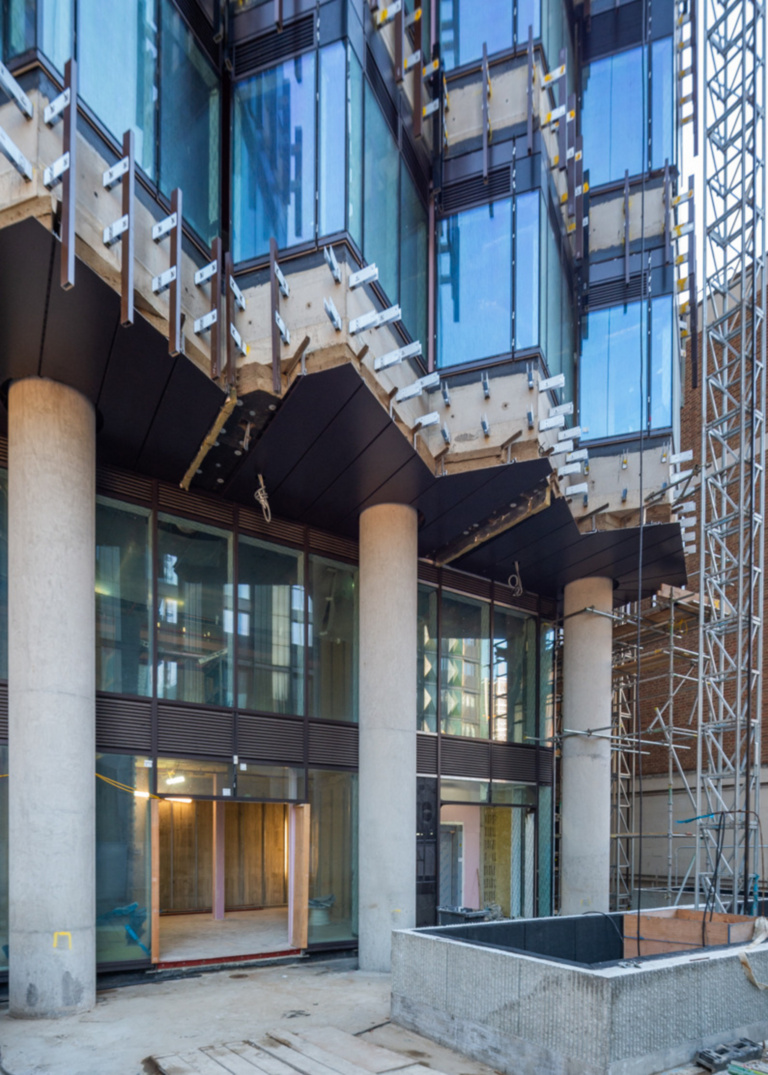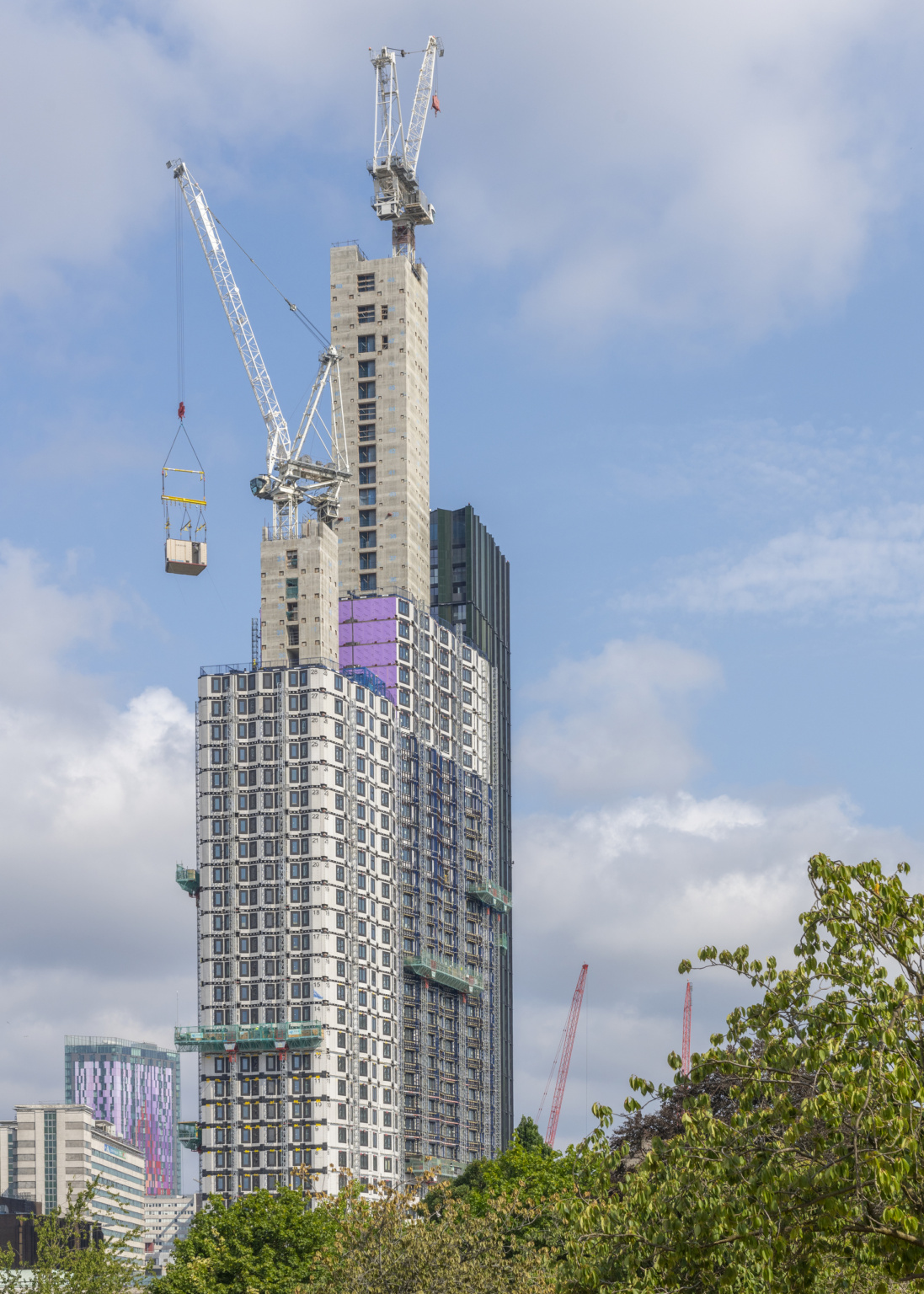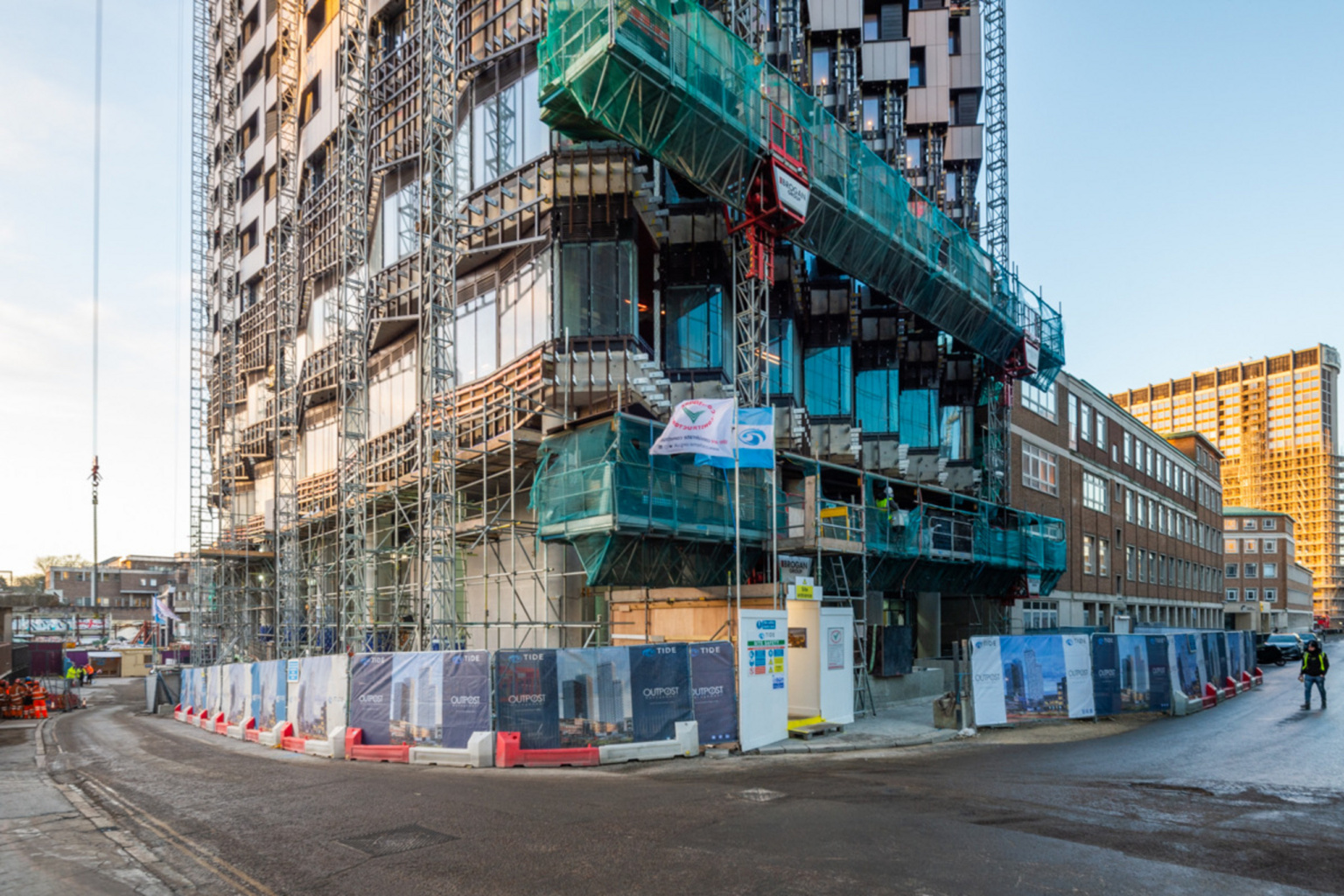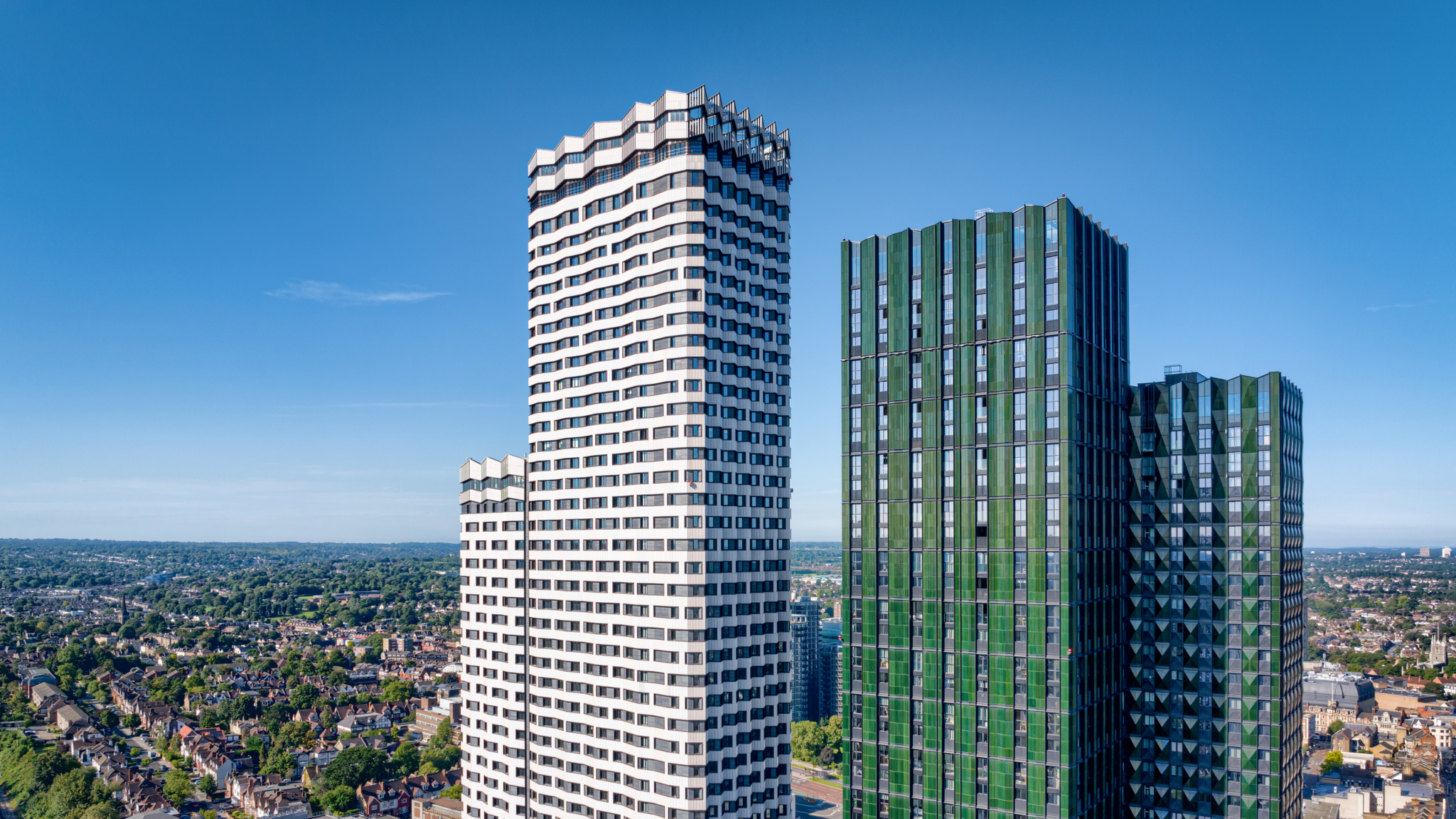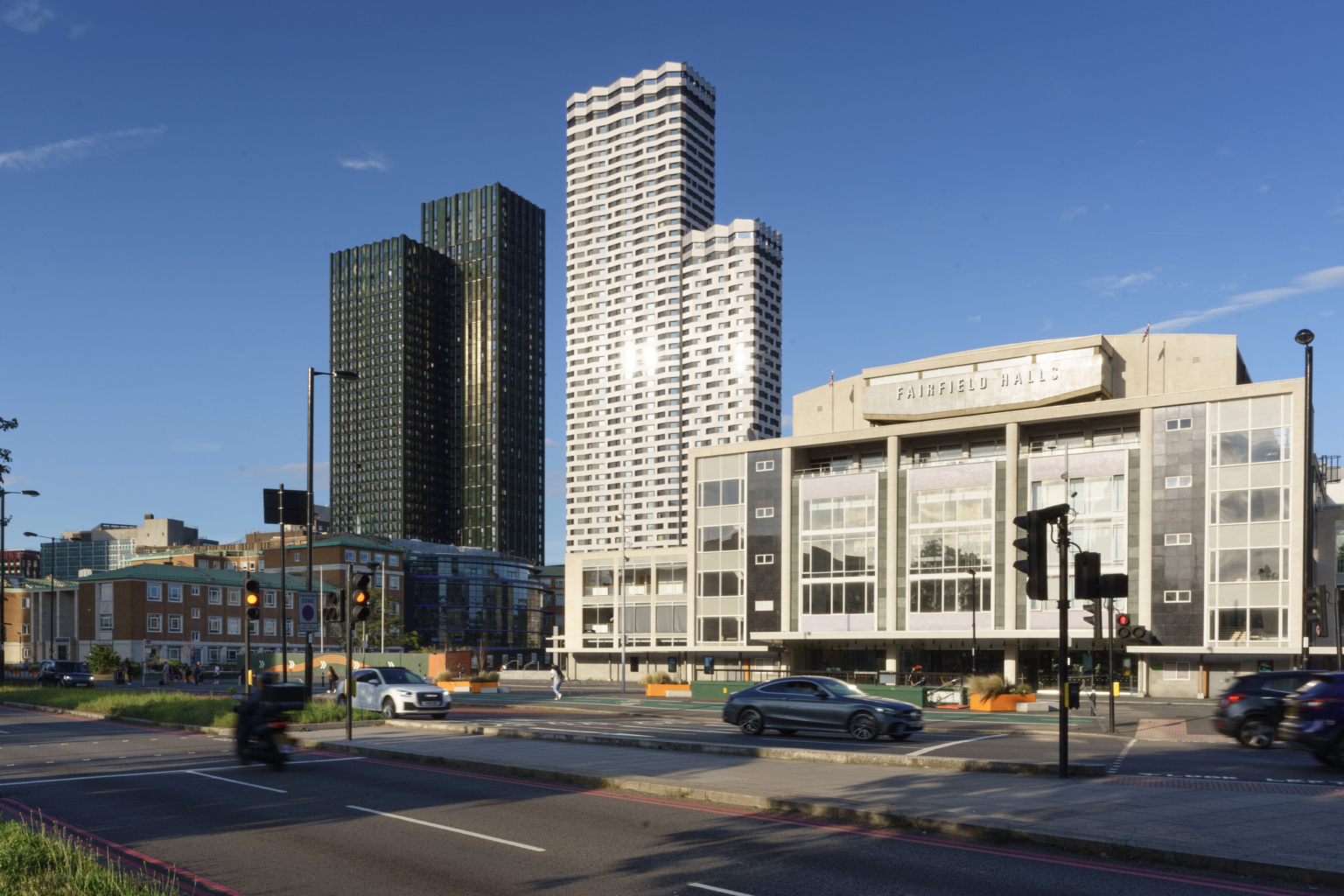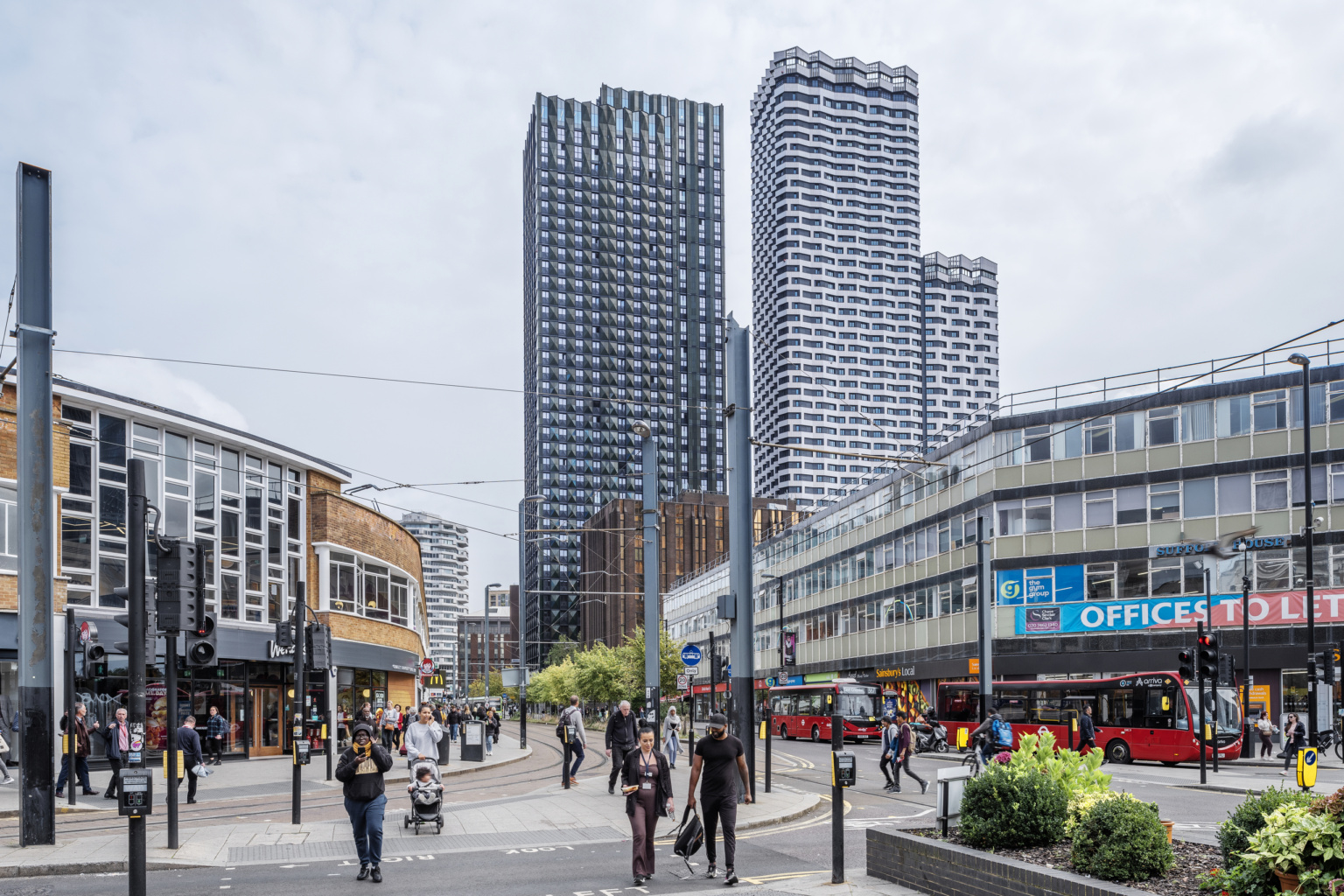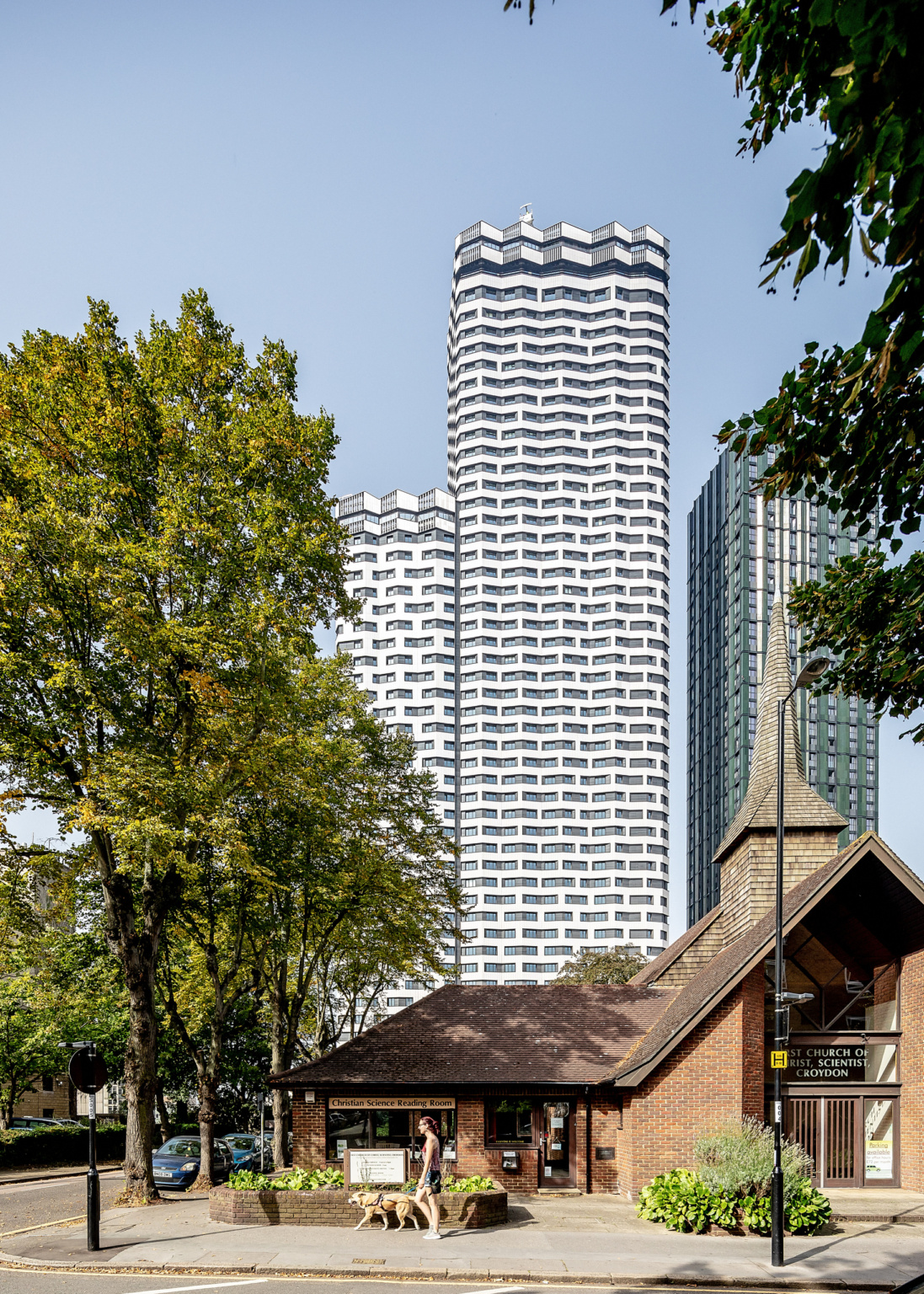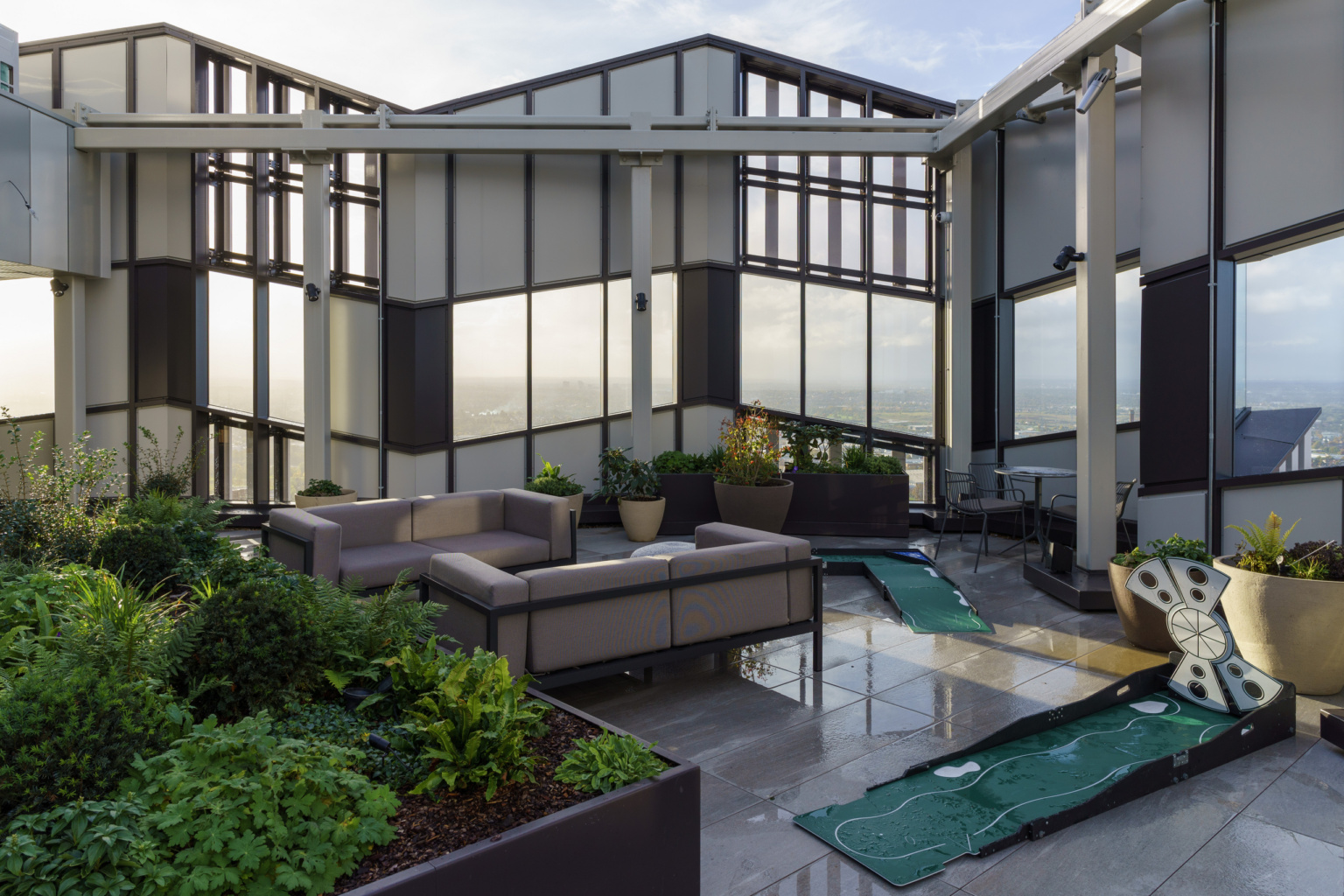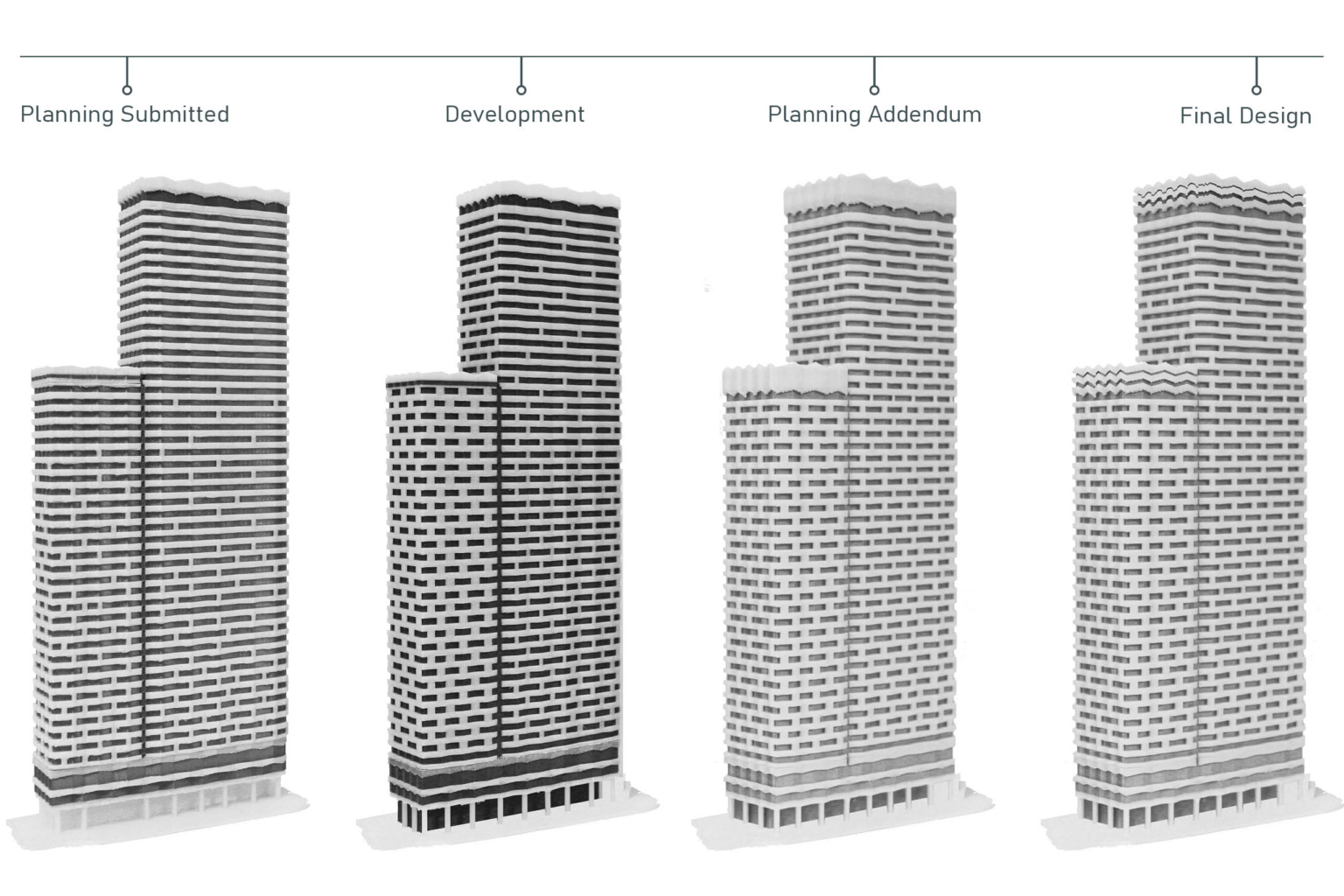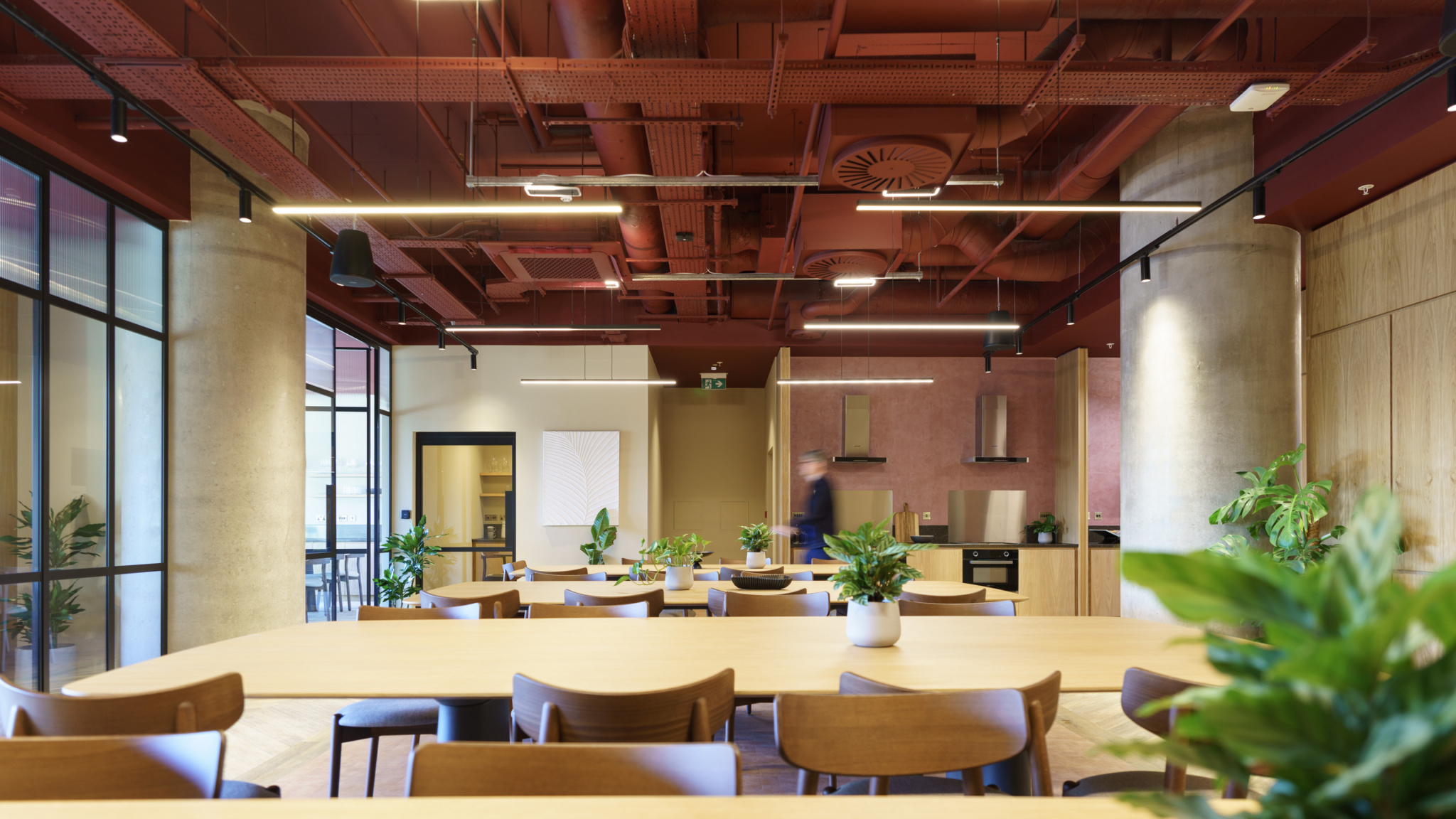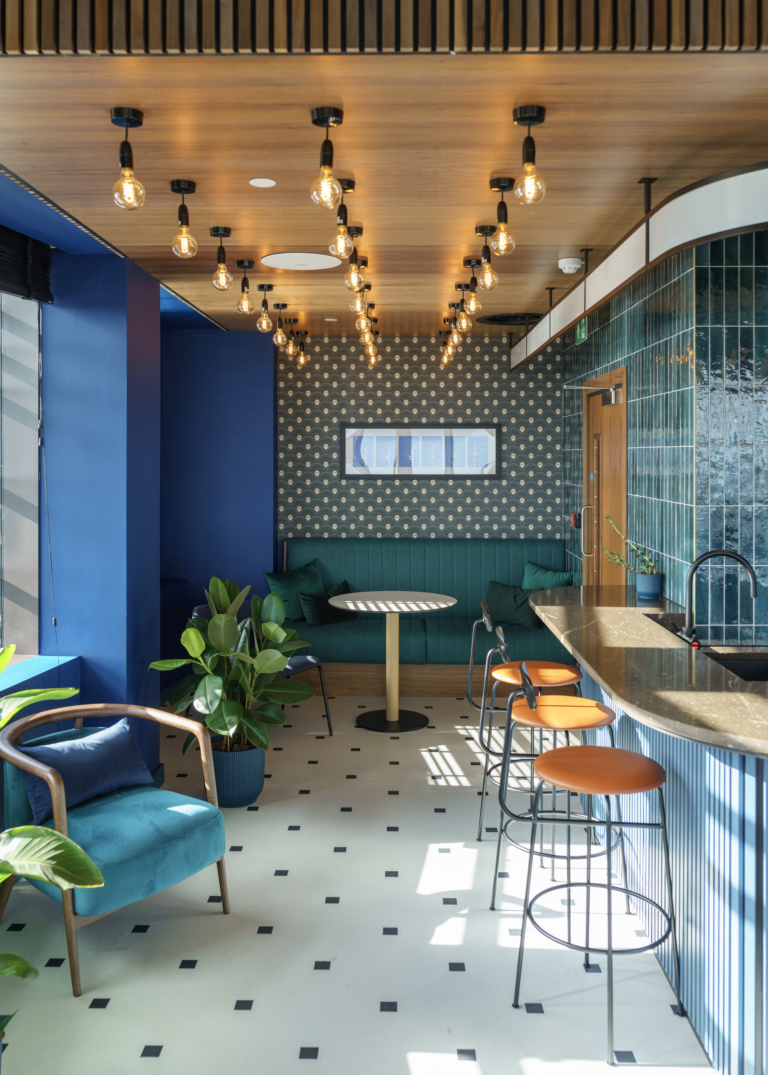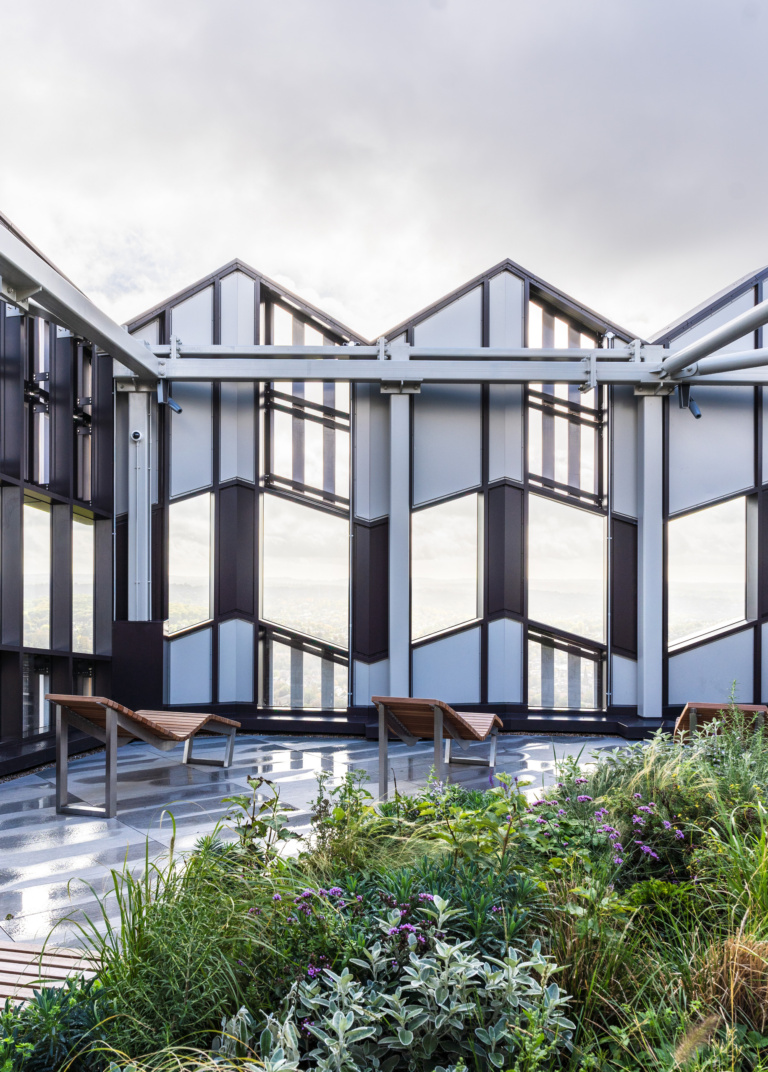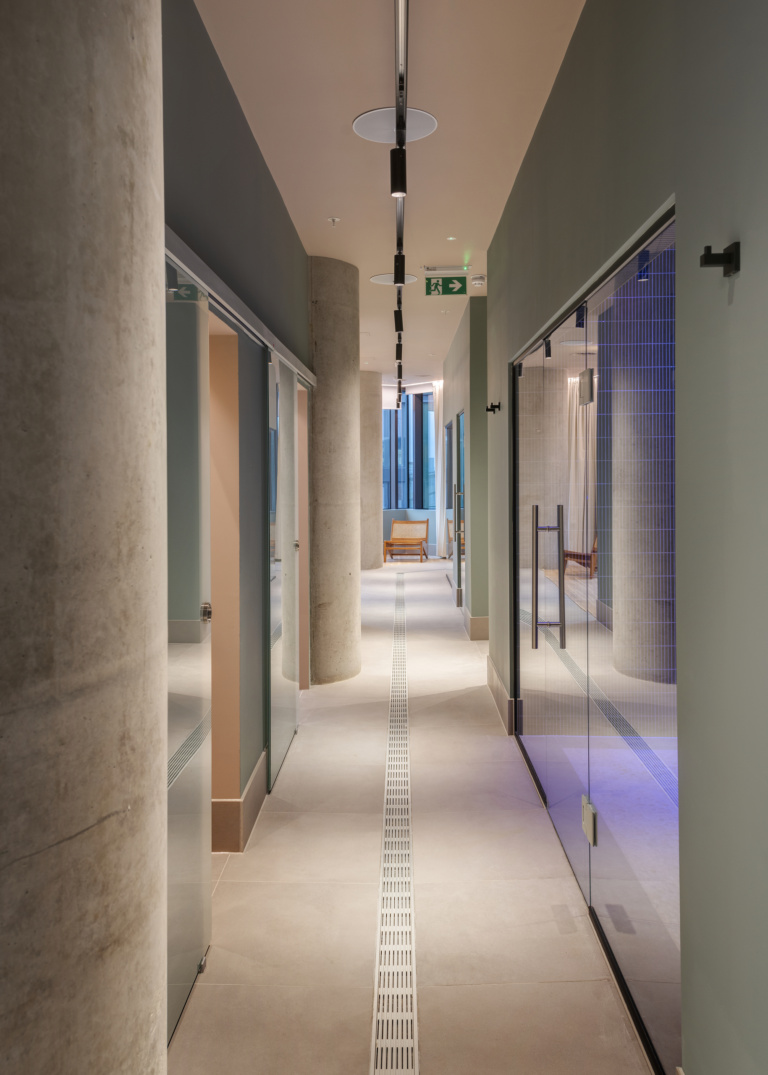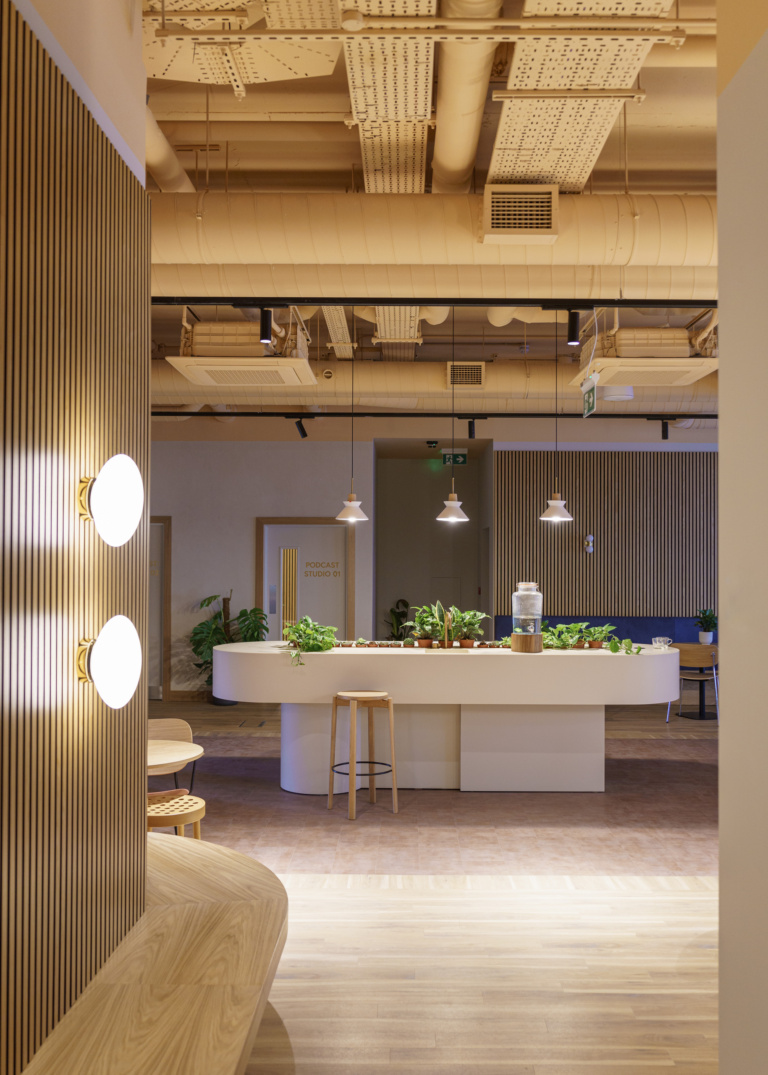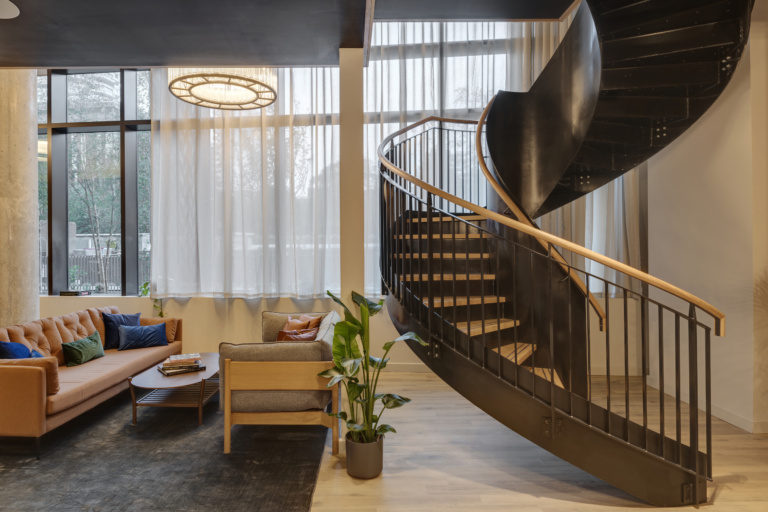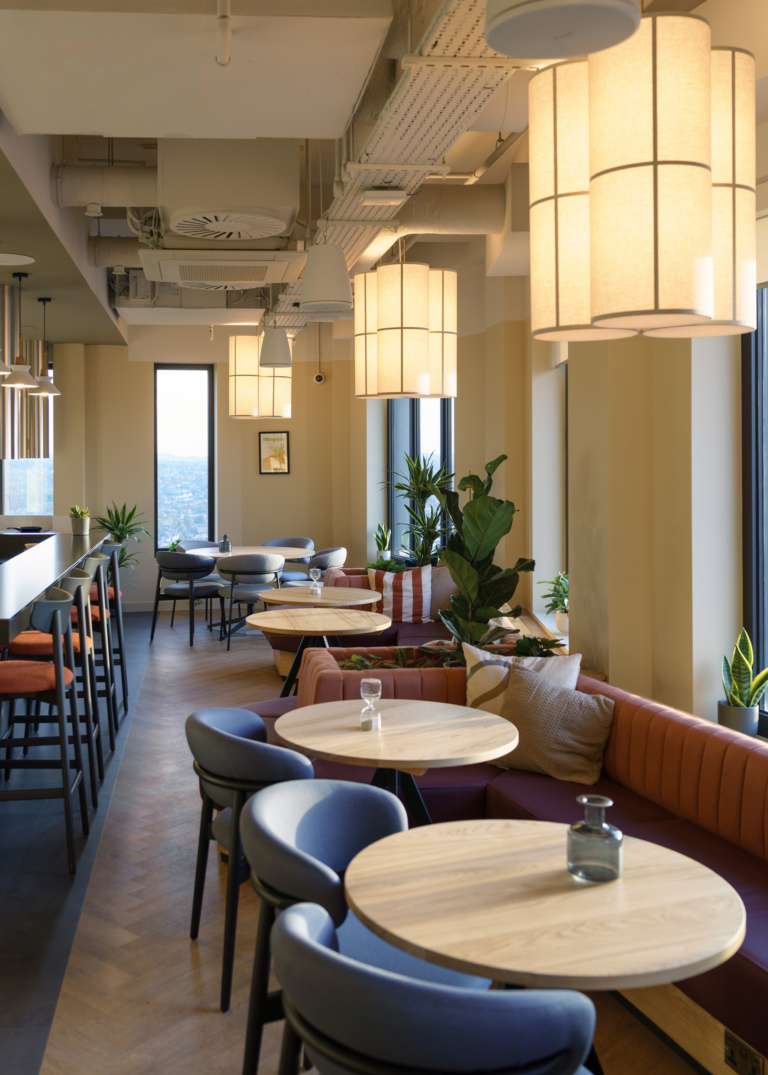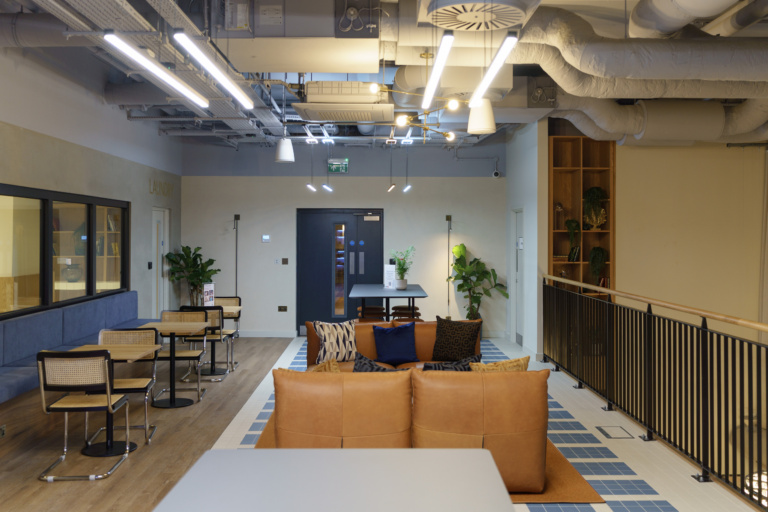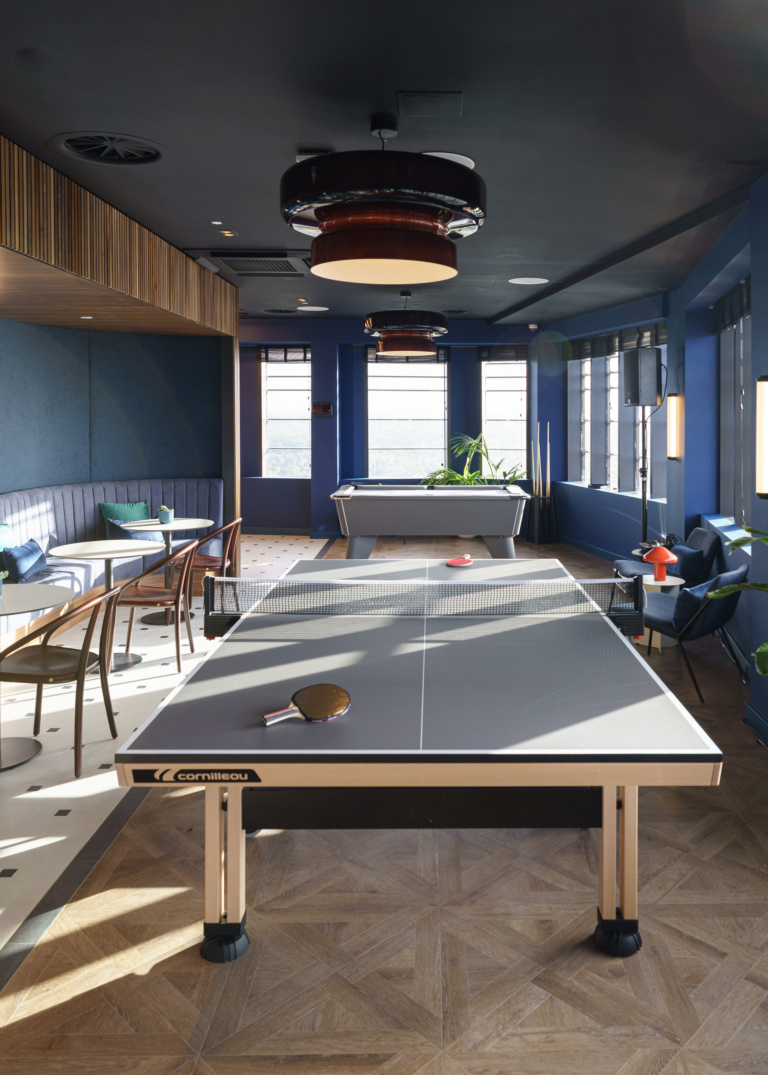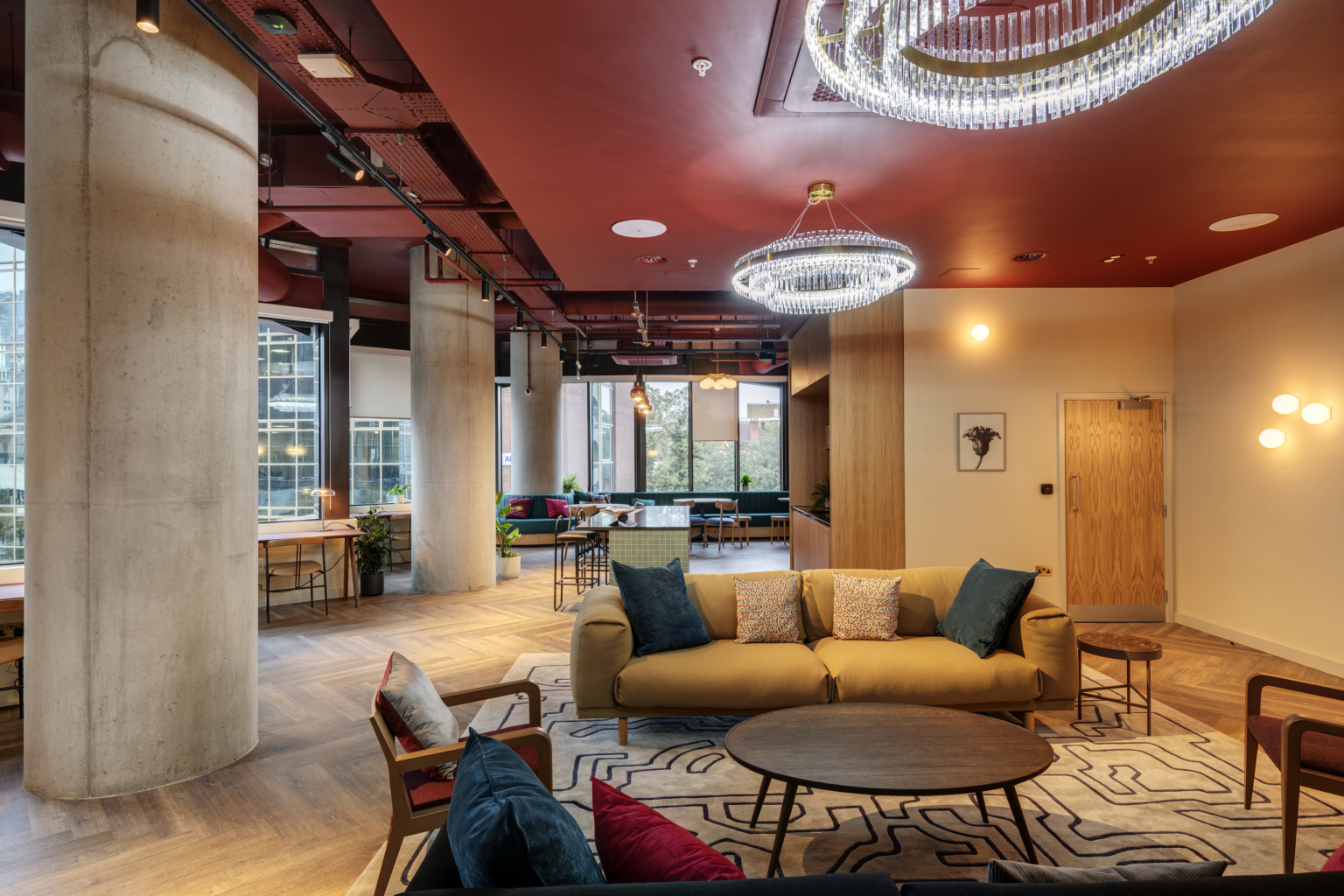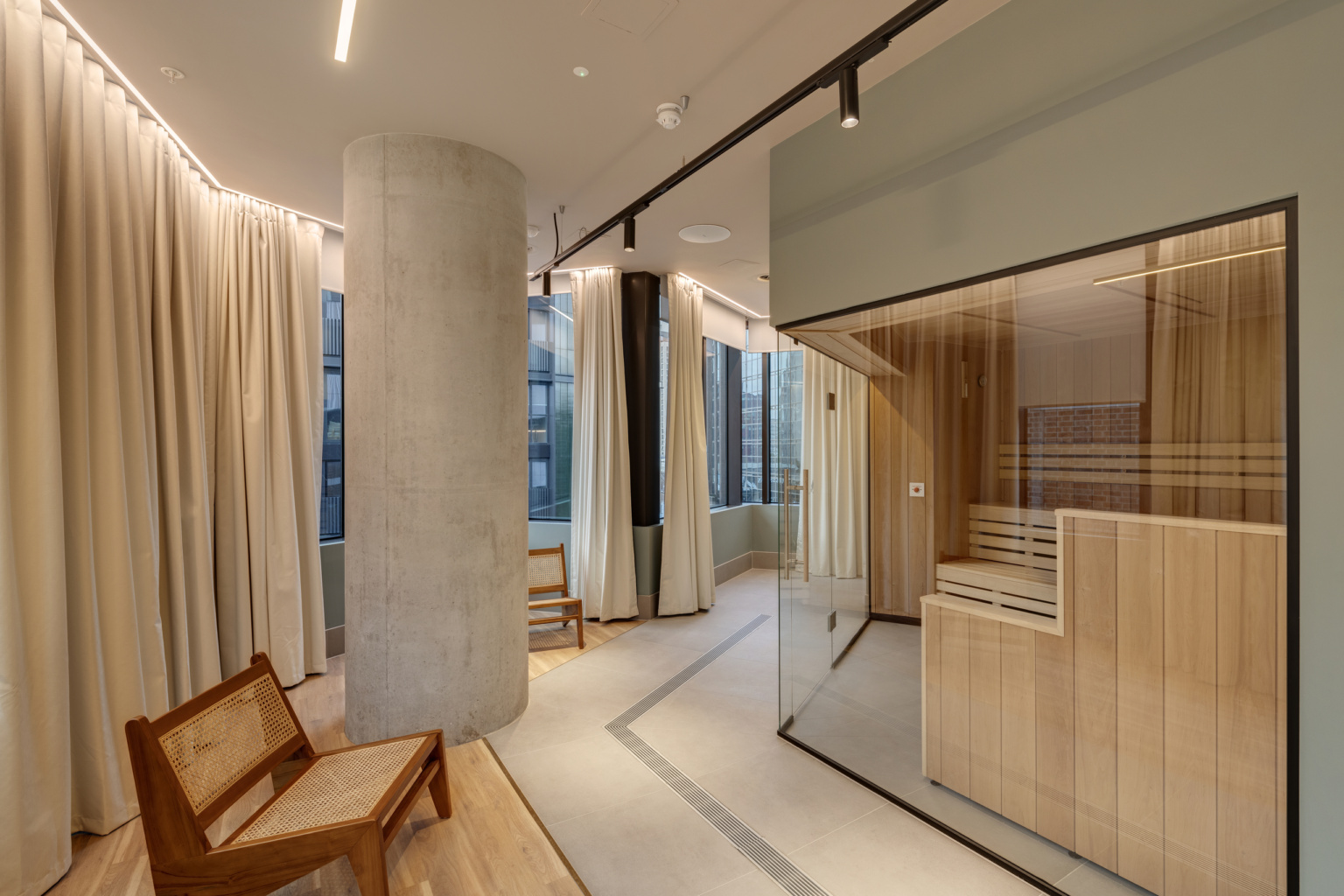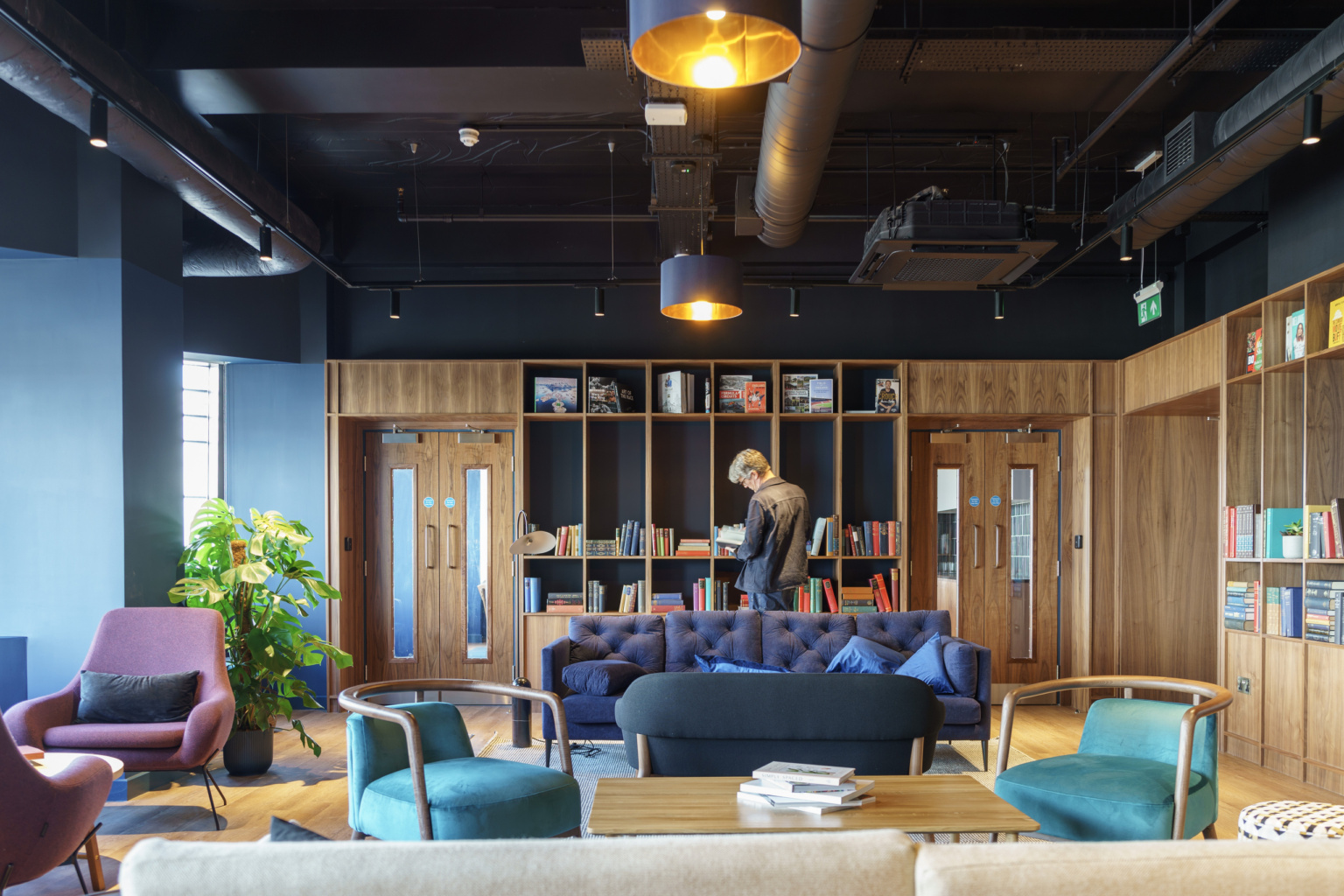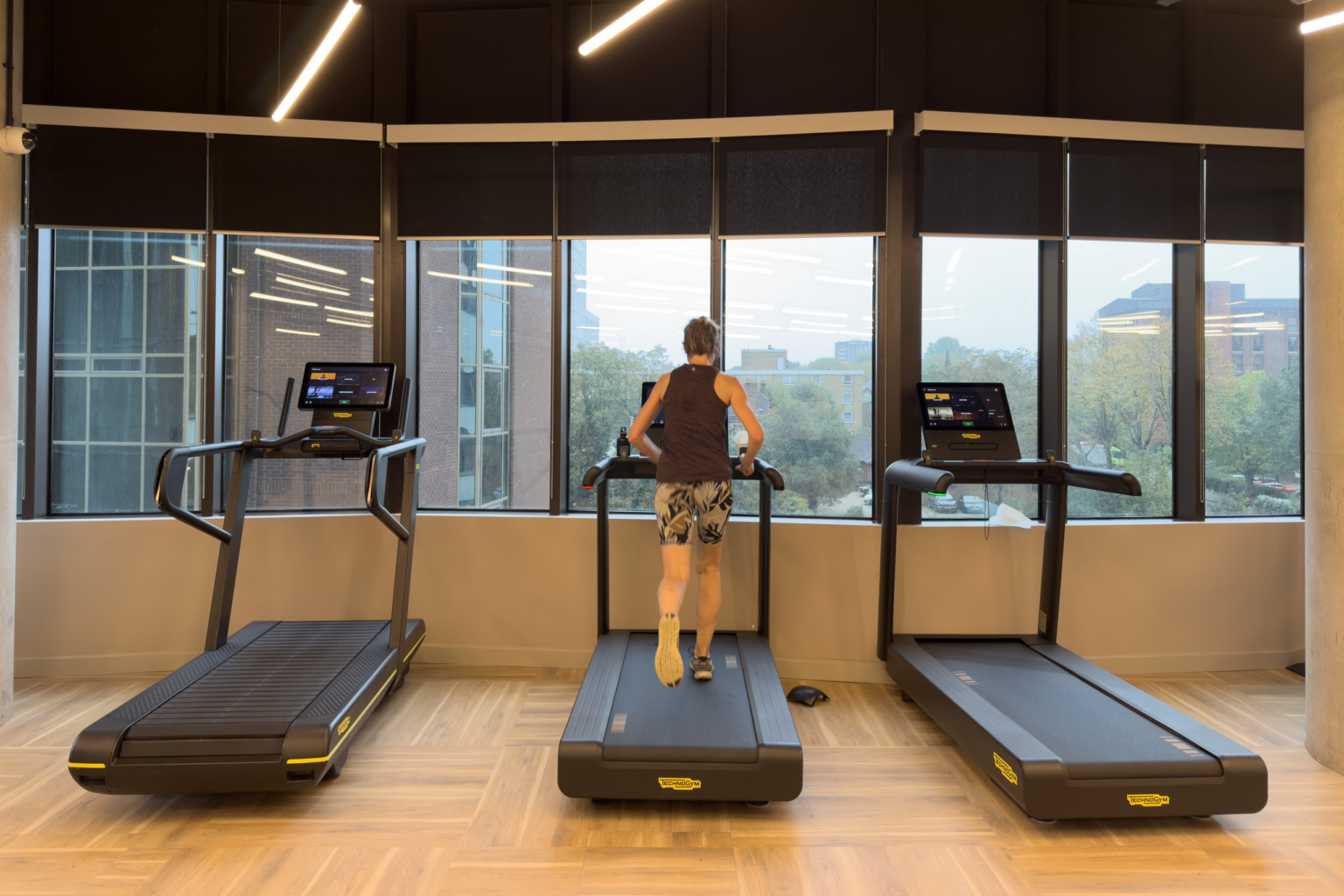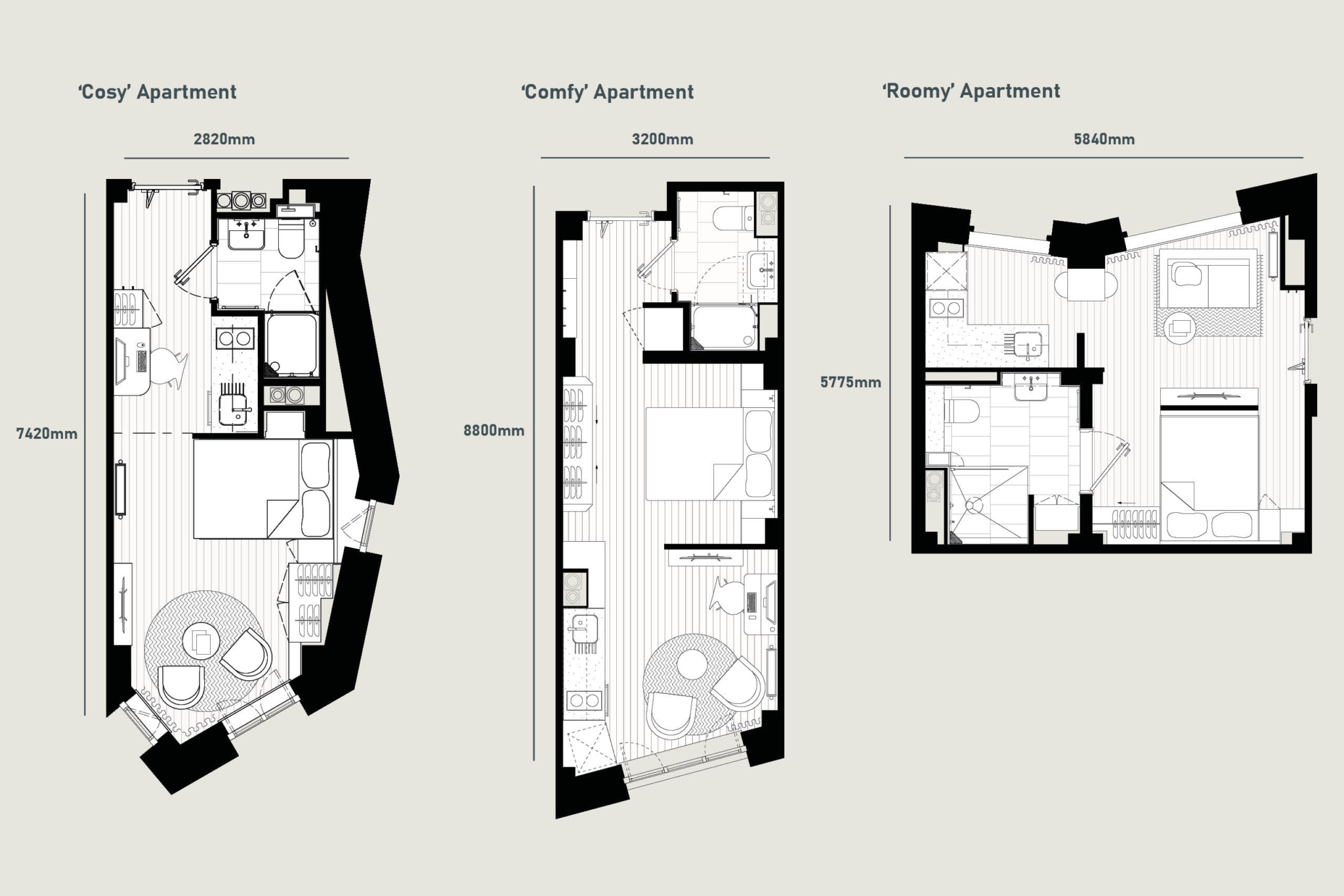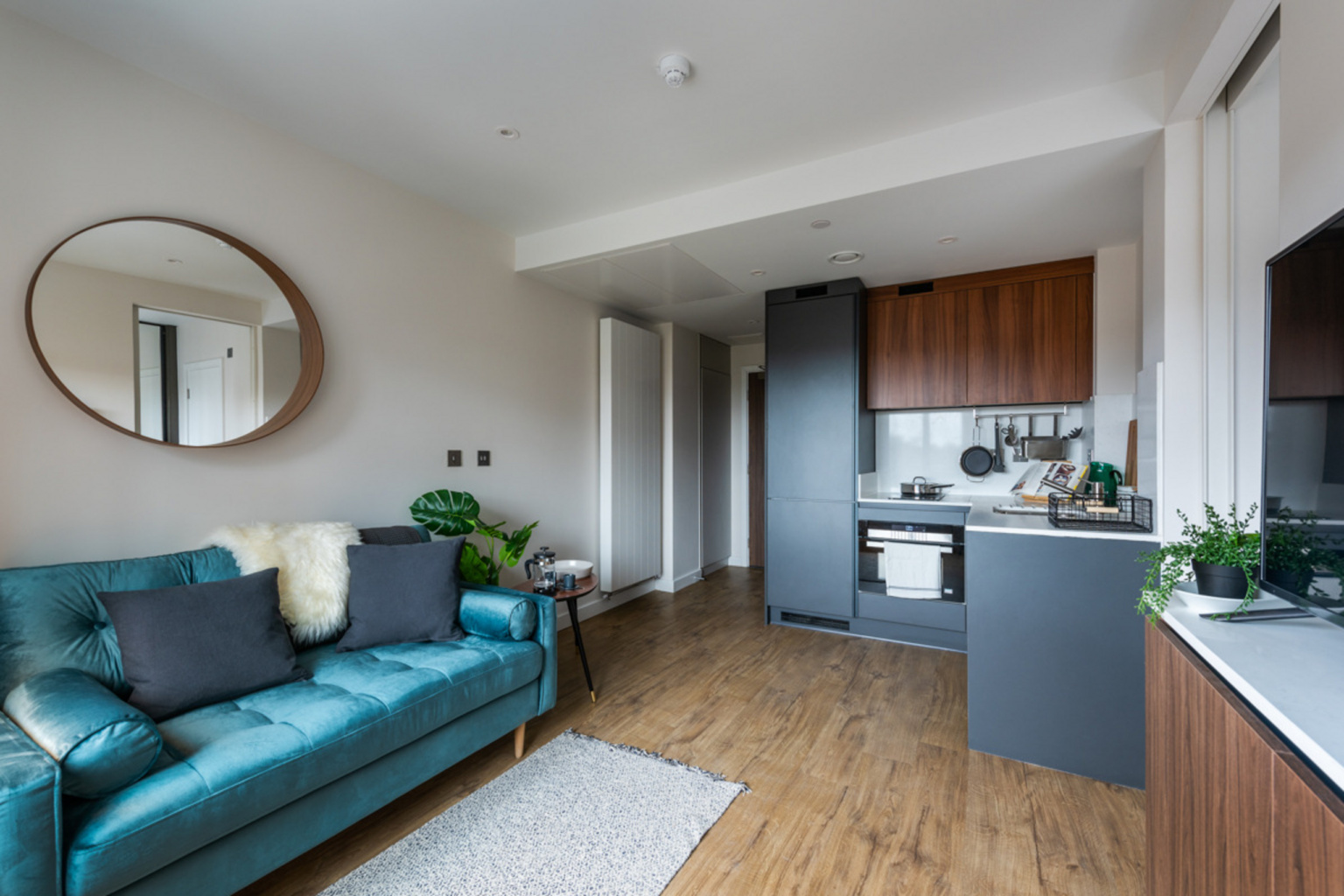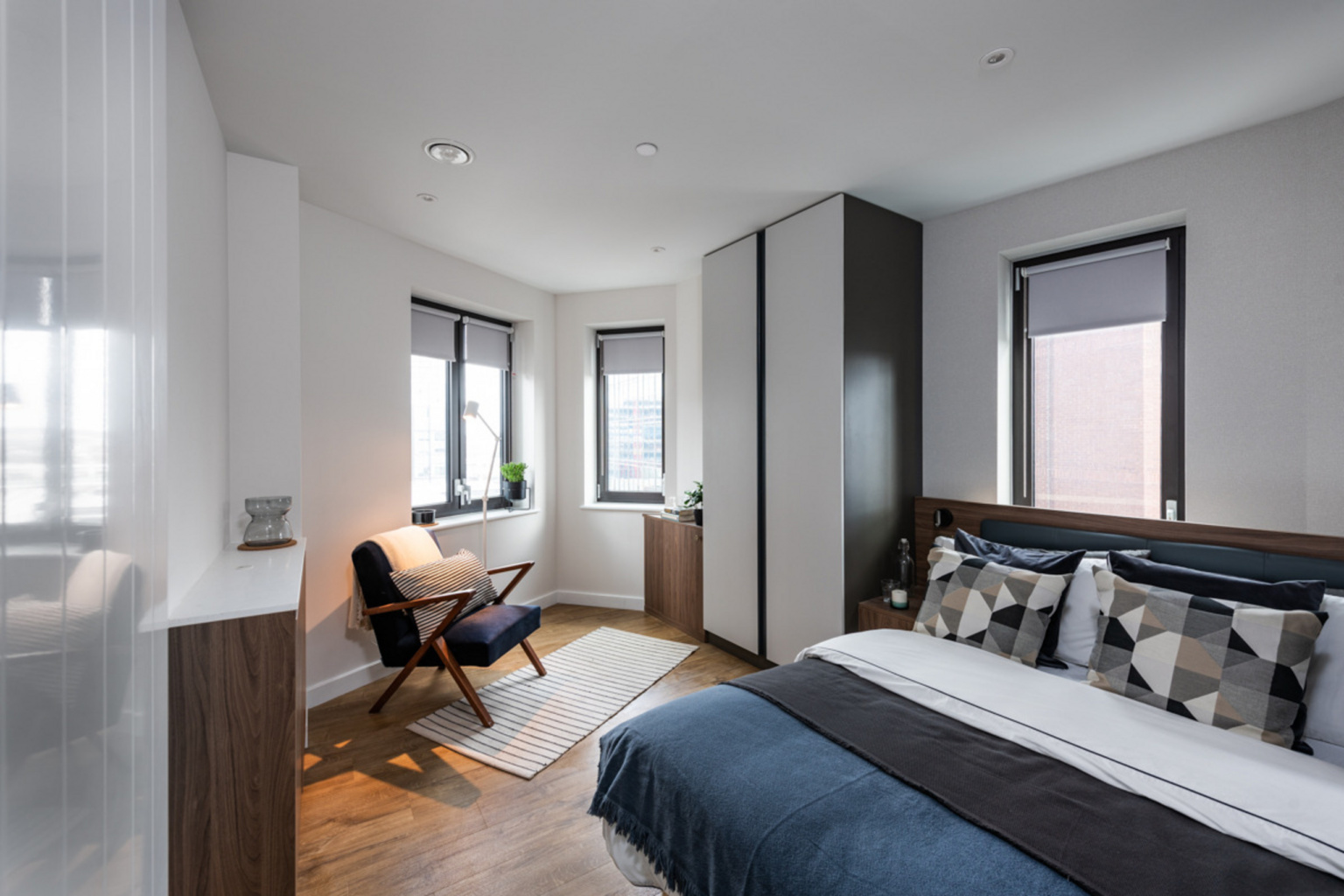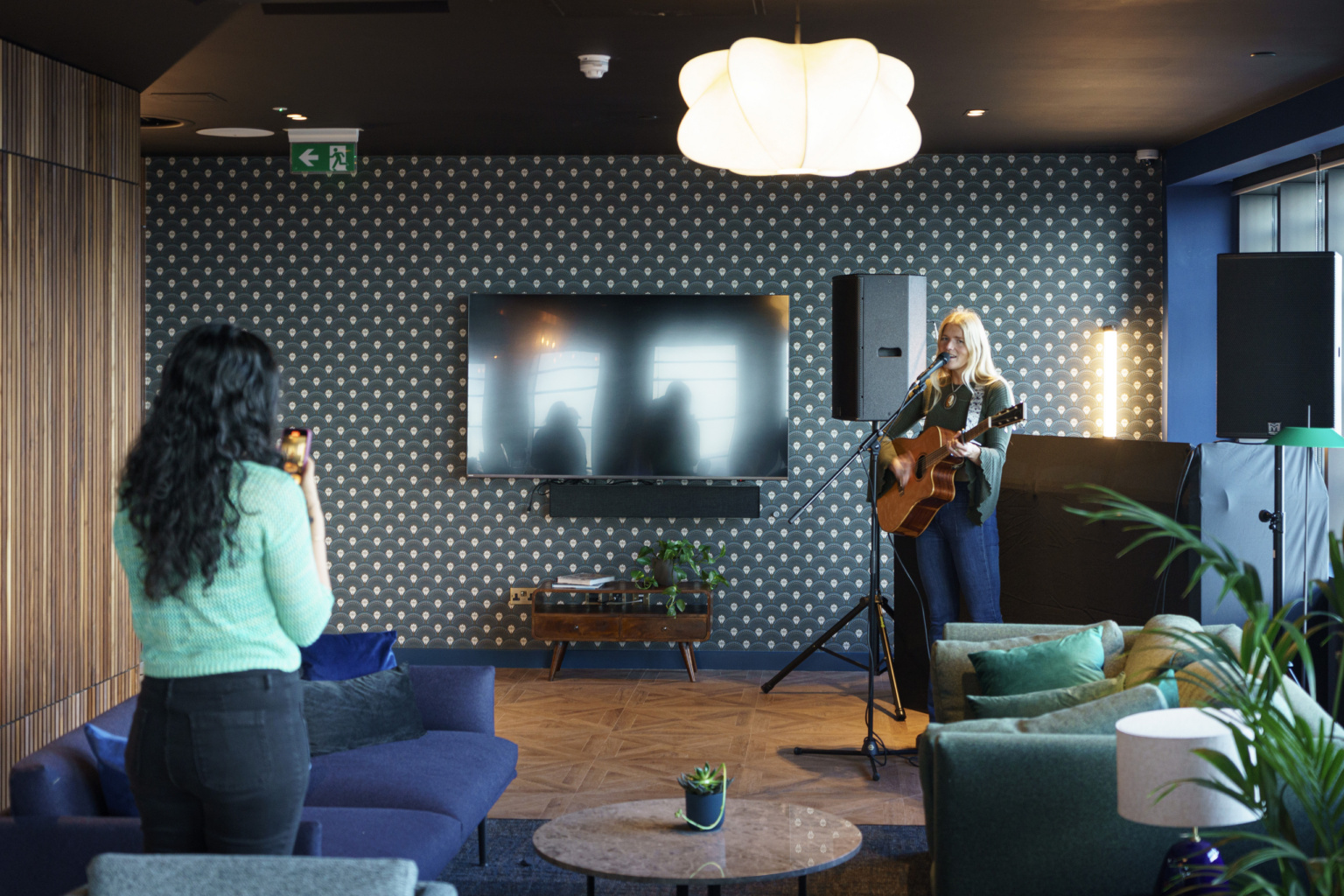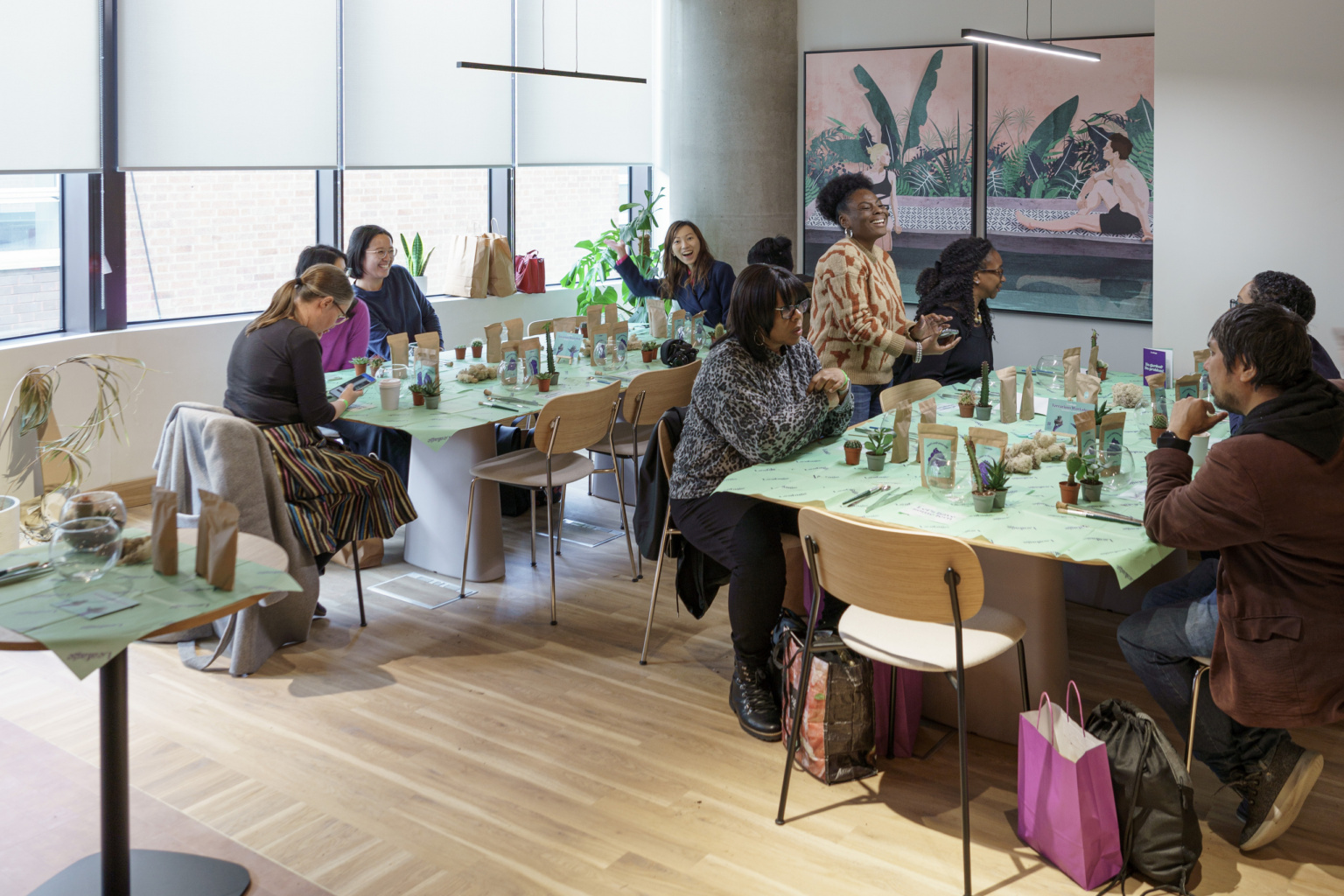What were the factors that influenced the decision to create diverse co-living spaces
The co-living amenities at College Road provide residents with over 2,800 sqm of shared space. During the design process, we considered different options for the placement of communal spaces. We decided to create spaces at the entrance to capture daily activity and a secondary set of shared spaces at the top of the tower. We believed that providing diverse and accessible shared spaces would encourage their use and enhance the living experience for residents. To further support this vision, we collaborated with the operator Outpost, who will oversee a programme of community events in the shared spaces to help residents get to know each other and the building.
From the outset, the client recognised the critical nature of the social spaces and fostering community within the development as key to its success, in both driving rentals and maintaining renewals. TiggColl Architects were brought into the design team to enrich the interior amenity design and spatial layouts using their extensive experience in the co-living sector. The critical challenge was to engender a community at such a scale, and within a very vertical building. The material palette is inspired by the contextual architectural heritage of Croydon, having a strong mid-century feel, with each level given its own distinct identity but threaded together as a single narrative leading you through the building to create a series of homely and comfortable spaces that people want to inhabit.
The communal areas offer a range of facilities, from shared kitchens and dining areas to co-working spaces, a gym, a member’s club and bar, game rooms, a library, a prayer room, and a roof terrace. Outpost’s vision for these generous shared spaces added a further layer of richness and personality, including introducing a spa beside the gym and the grand spiral staircase that connects the roof terrace to the bar.
What is the significance of the different typologies and interior design configurations in the co-living homes
HTA’s interiors team delivered apartments designed around three basic typologies with generous layouts, including a living space and kitchenette. HTA worked with developer Tide and owner and operator Outpost Management to develop these detailed designs, creating full-sized mockups with bespoke furnishings and storage to optimise each home. The homes play a vital role in London’s housing market, bridging the gap between small, rented accommodation and larger houses. In addition, co-living can address issues of urban loneliness, offering the best mix of private and communal life.
There are 817 co-living homes located in College Road, Enclave. These homes are designed with a generous layout and typically measure 3.2m wide and around 25 sqm, which exceeds the comparable space per person with more conventional ‘C3’ homes. There are 19 co-living homes on a typical floor, with almost every design being unique. Around three basic typologies are complemented by three different interior design configurations, aspects, and orientations.
In developing these typologies, a key element was the consideration of the width of the home. The aim was to design each home with optimal dimensions for a living room width instead of just a bedroom like historic co-living ‘rooms’ had done. The most common homes on each floor have a living space and kitchen by the window, with a separate bedroom. Larger homes are two rooms wide, offering discrete bedrooms with their windows and more generous living spaces. Finally, the ‘cosy’ homes combine the bedroom and living space around a bay window that maximizes daylight and views while delivering the most affordable homes. We worked closely with Tide and Outpost to develop the detailed design through full-size mock-ups that capture bespoke furnishings and storage, optimizing the space within each home. Every spare space is optimized, from fold-up beds to shelving that fills void spaces. In addition to the co-living element, the College Road tower delivers 120 affordable homes, 30% of the development by habitable rooms.
How can co-living help to tackle the issue of urban isolation
College Road Enclave bridges the gap between smaller rented spaces and larger purpose-built homes, offering a unique co-living experience for the residents. The building offers an average of 26.3 square meters of space, providing more space per resident than typical residential options, exceeding the London Plan/Nationally Described Space Standards for standard ‘C3’ homes. However, this calculation of space allocated per resident overlooks the true advantage of designing for communal living. While the residents have an average of 23 square meters of personal space in their homes, they also have access to 2,859 square meters of communal space, around 100 times more than they would have in a traditionally designed C3 building. Community living can play a crucial role in resolving isolation problems in urban areas, improving the feasibility of housing projects, and promoting eco-friendliness for individuals who opt for this lifestyle.

